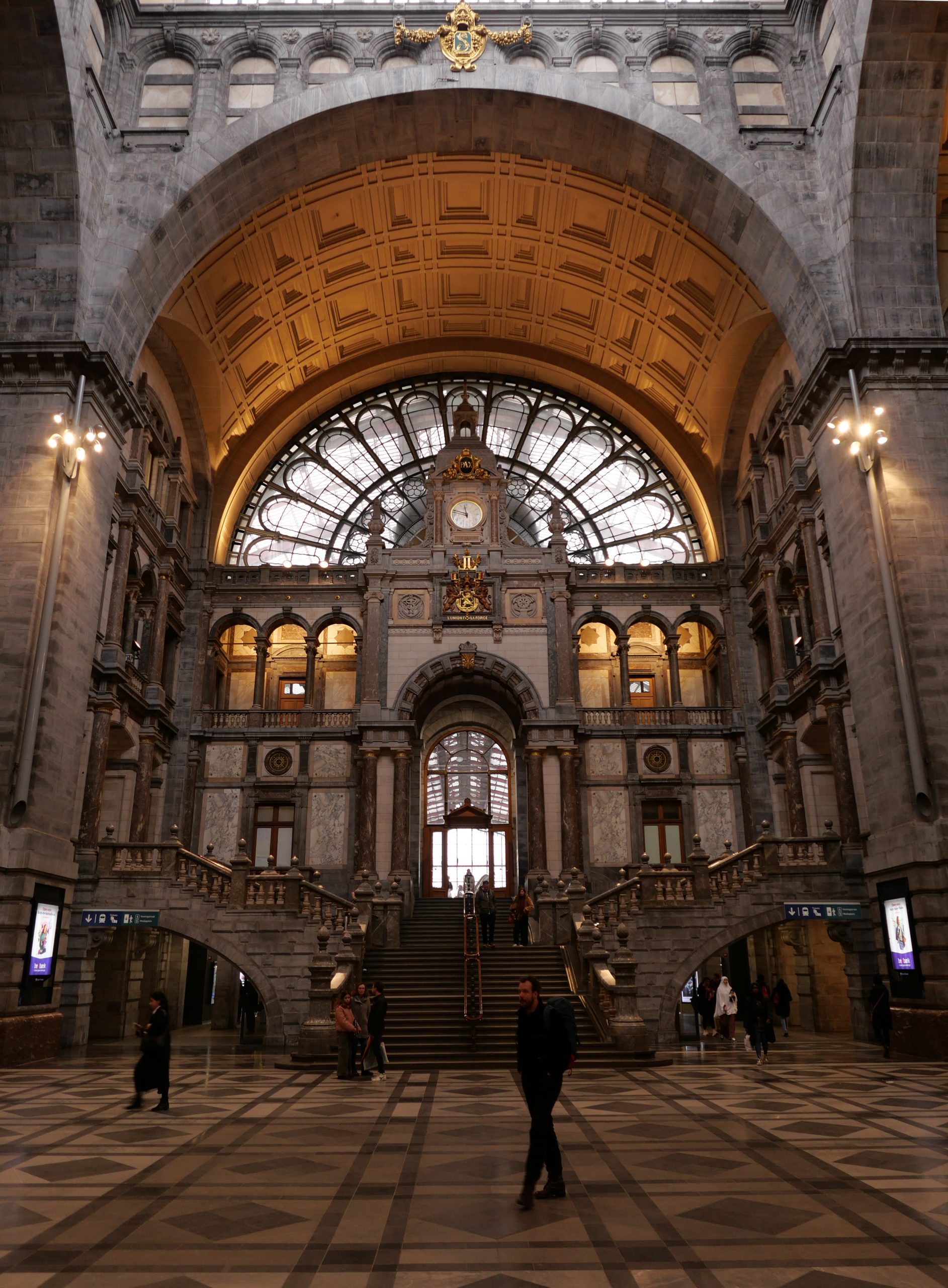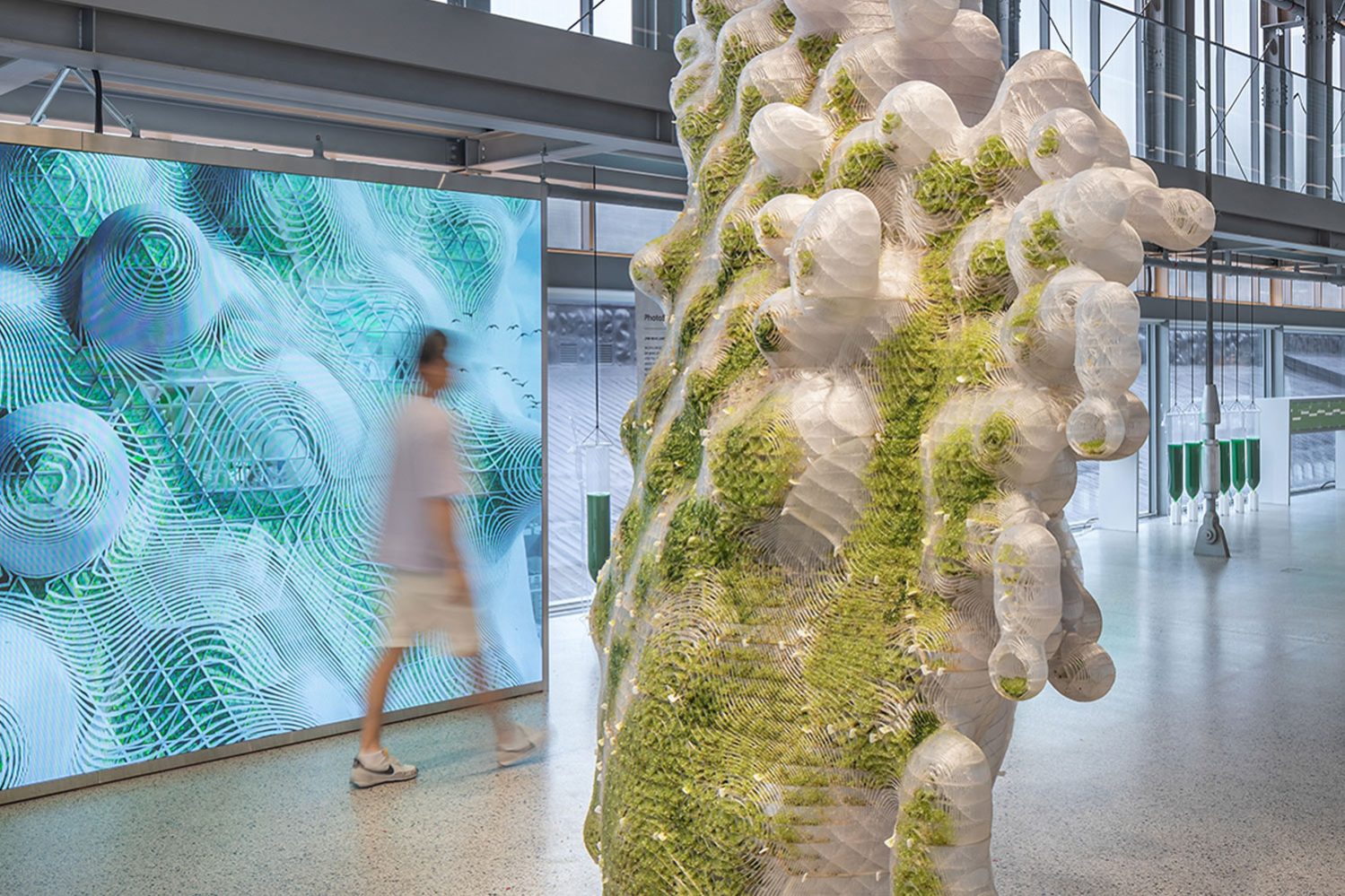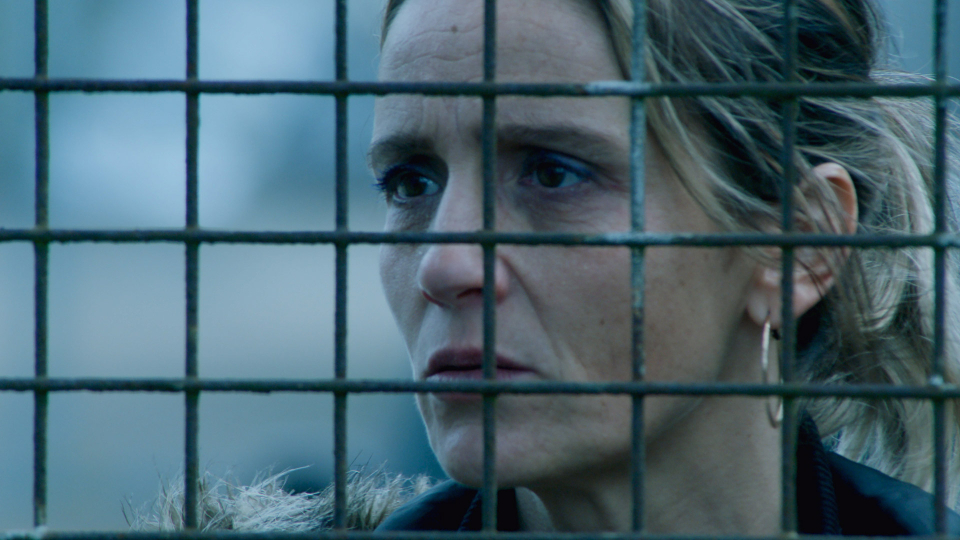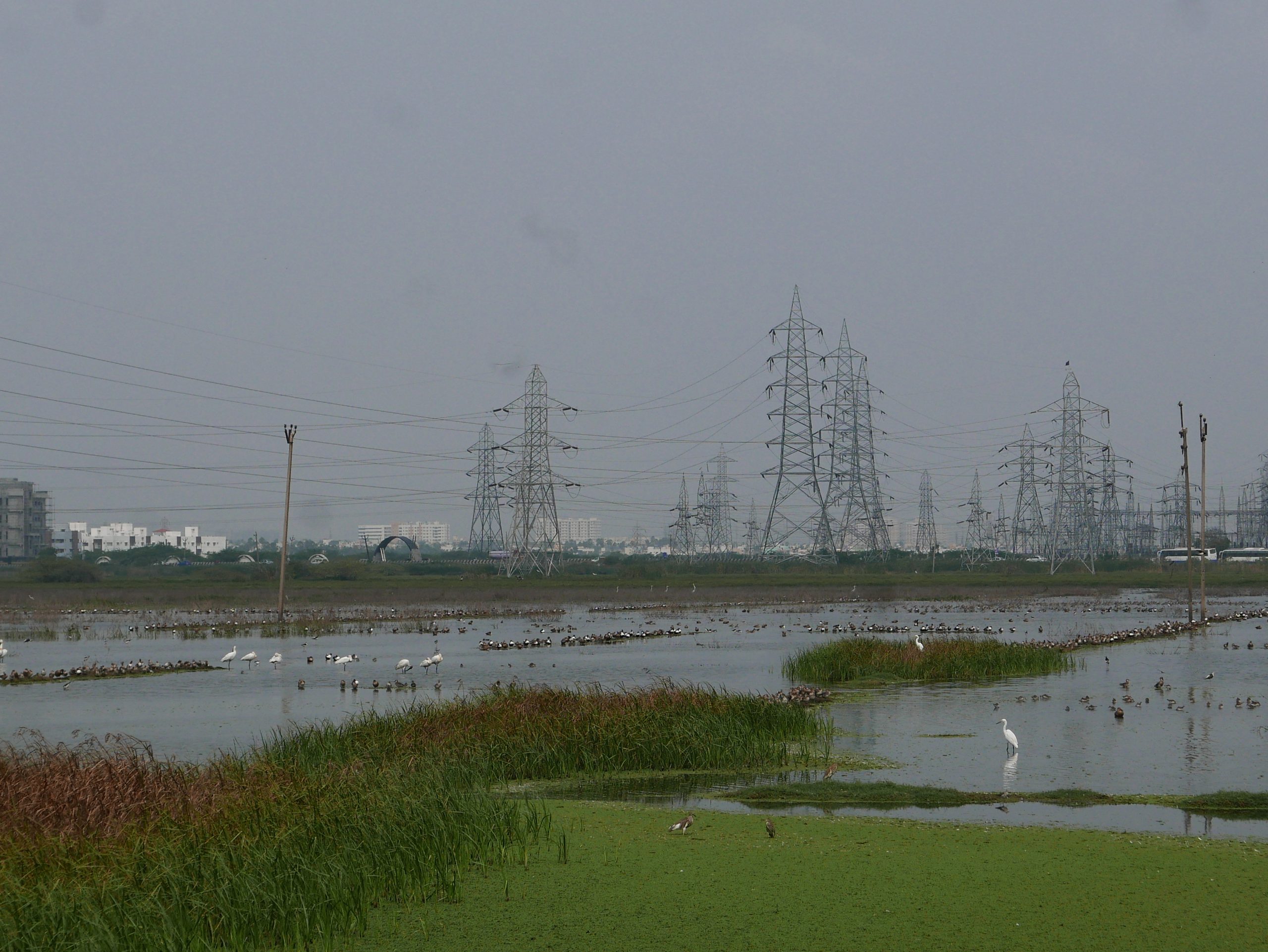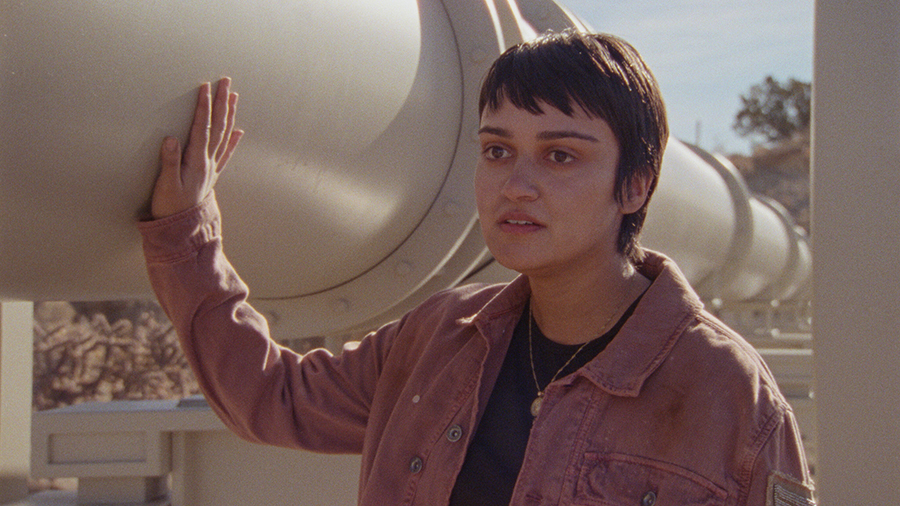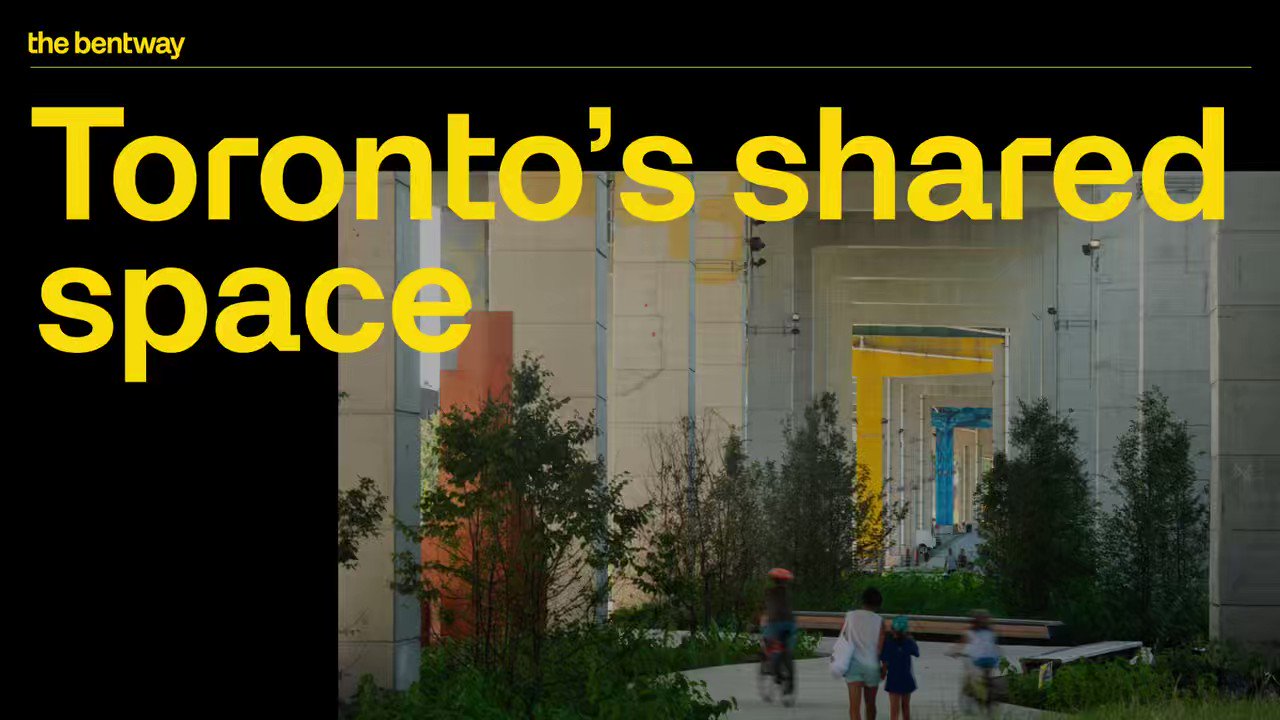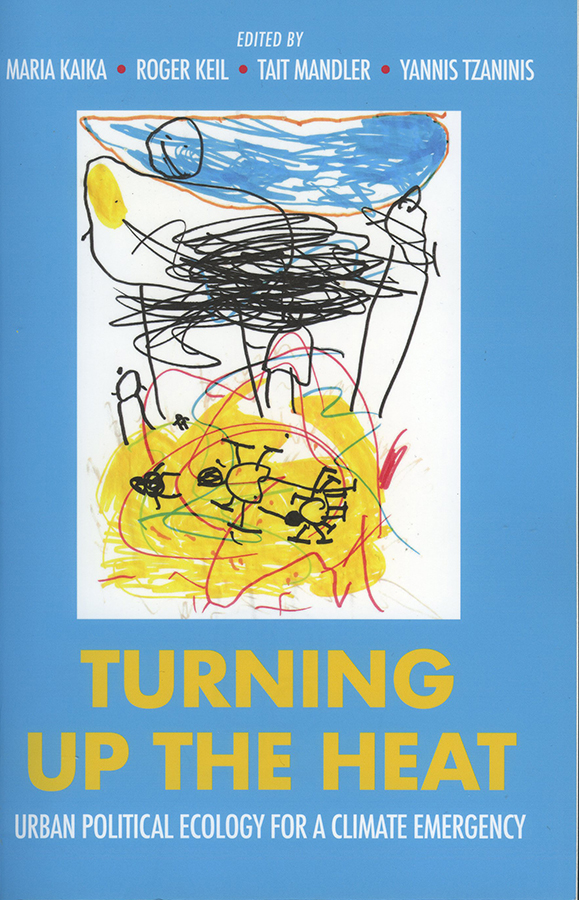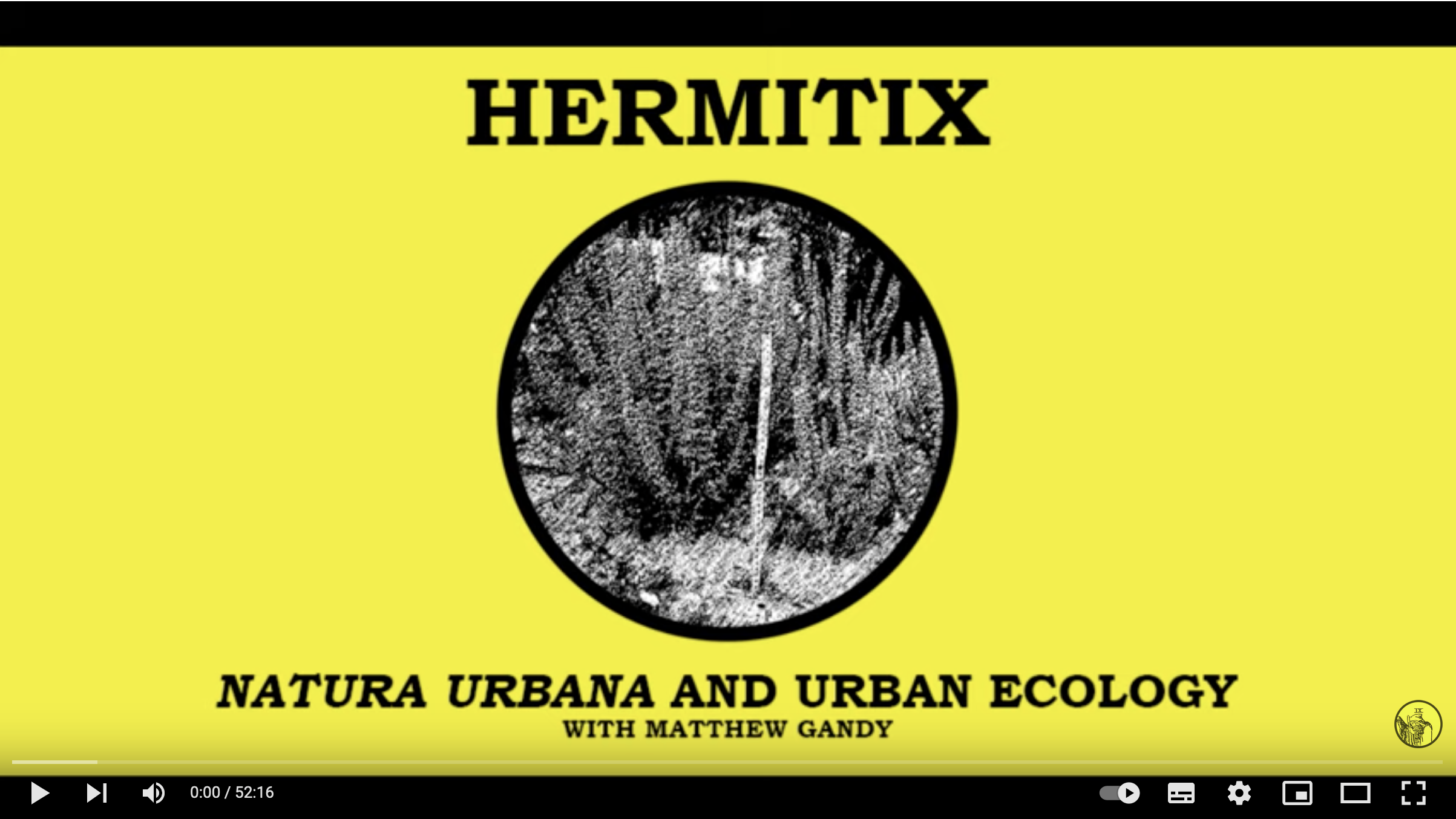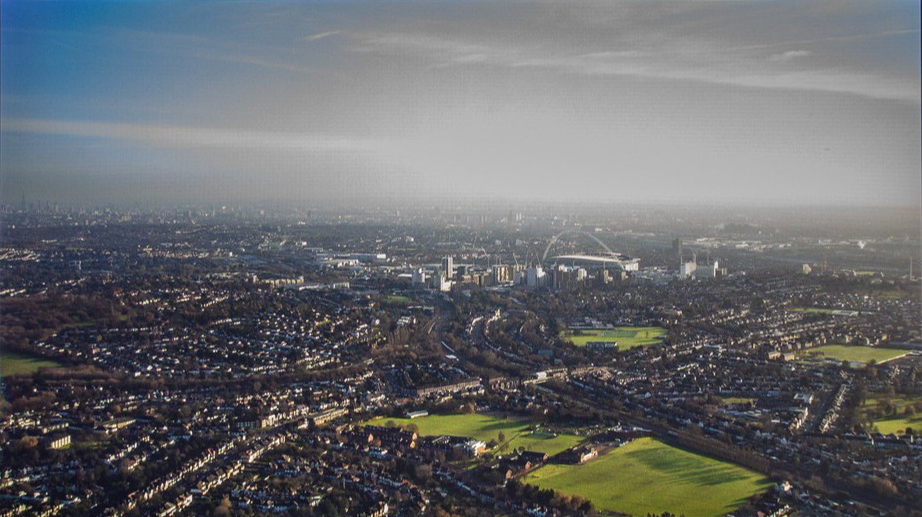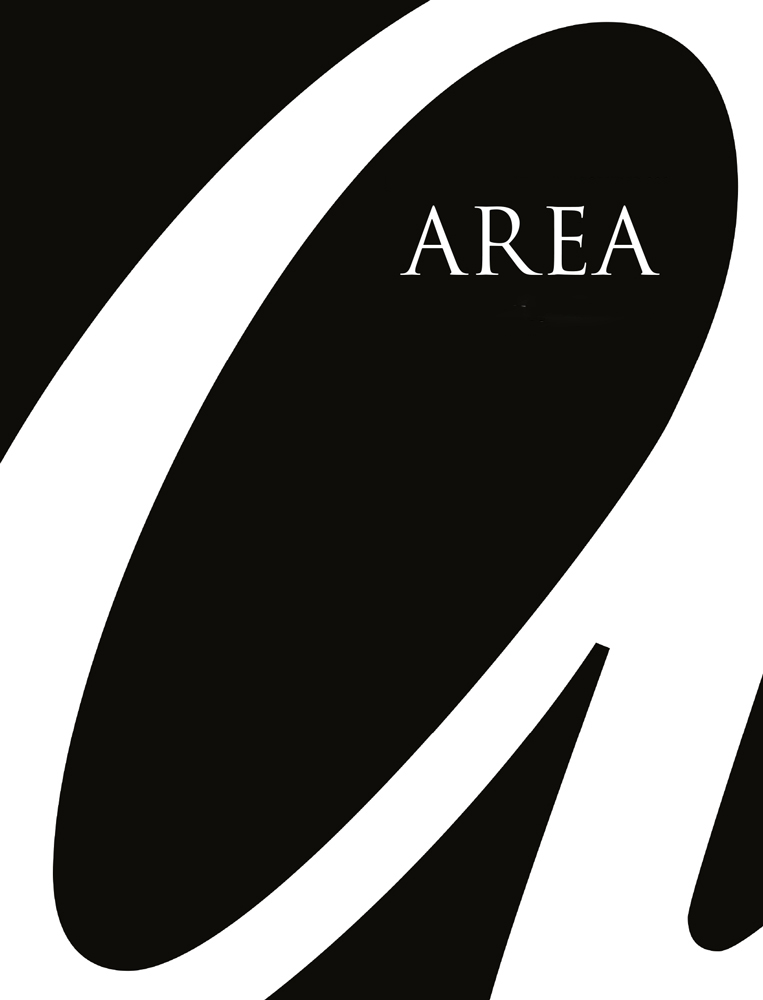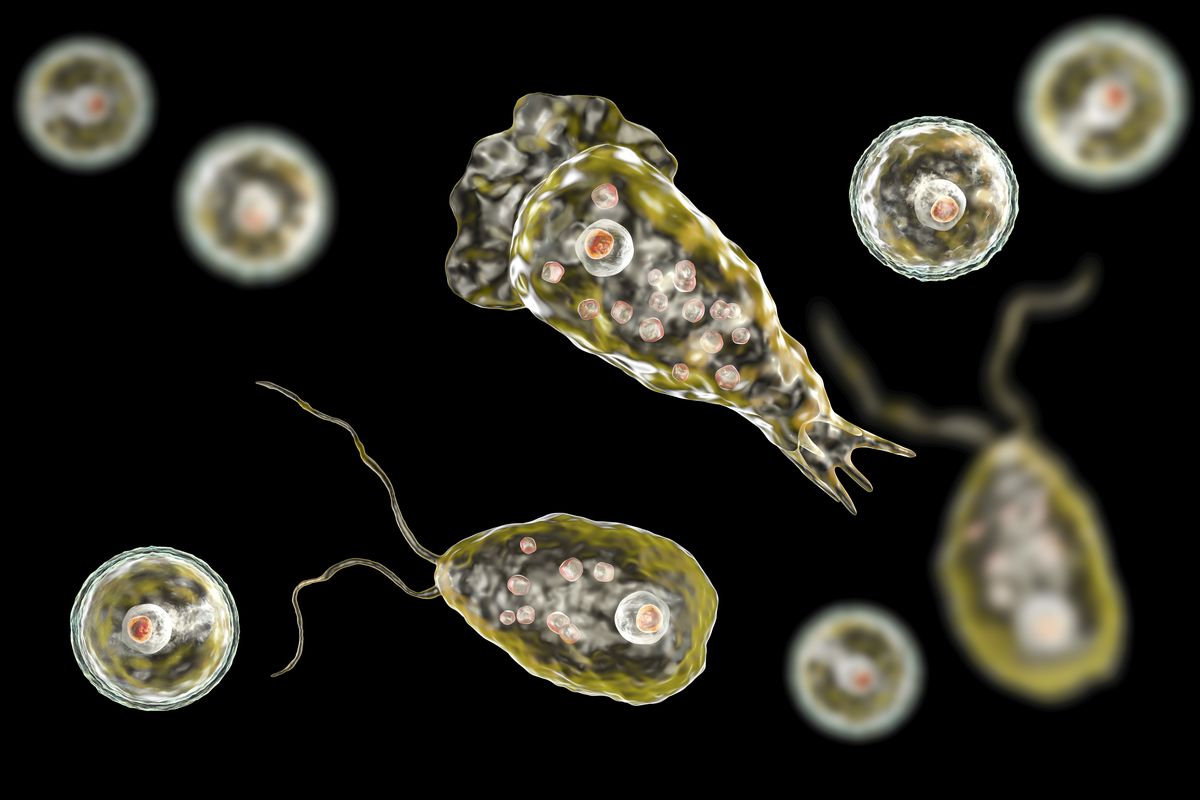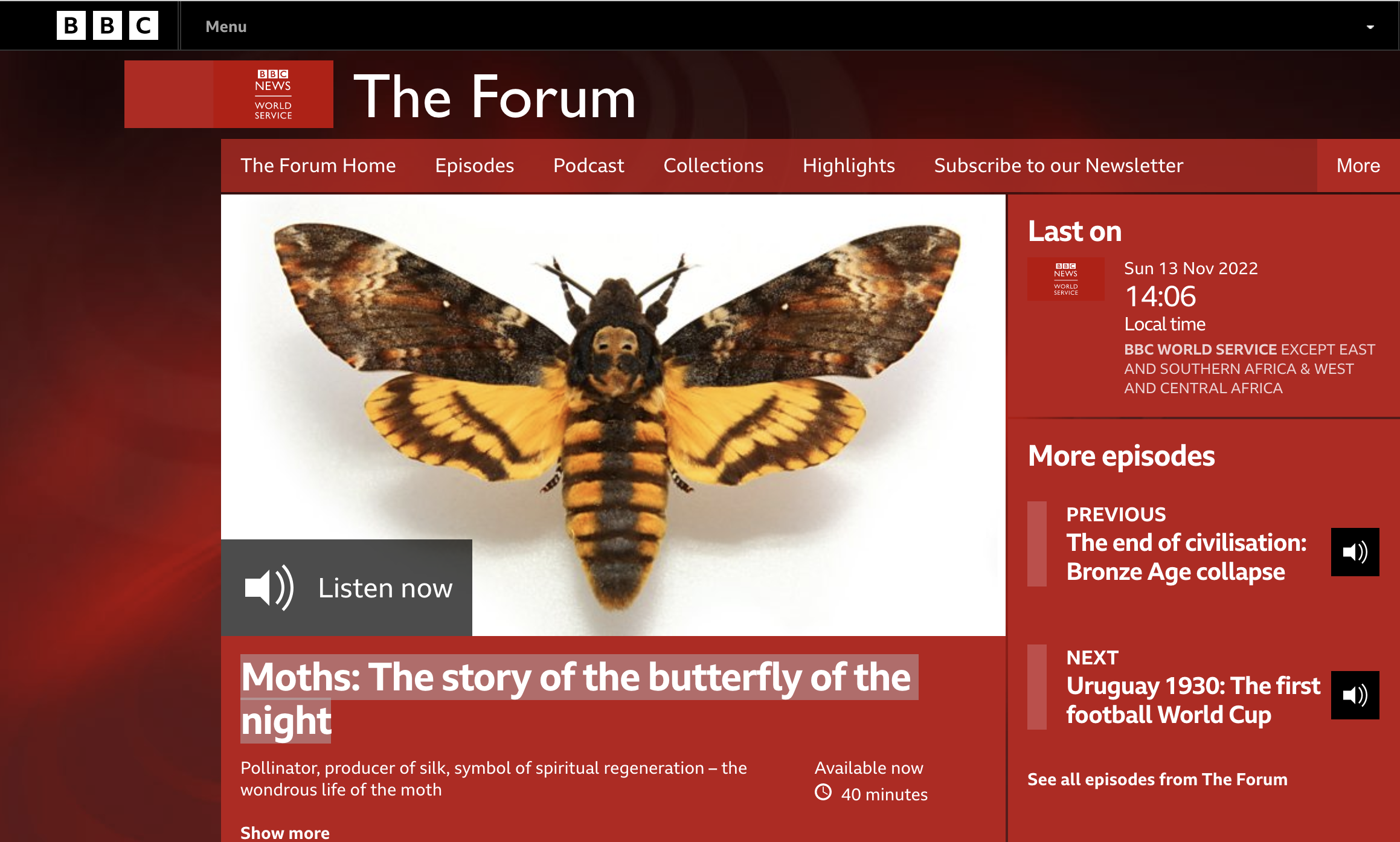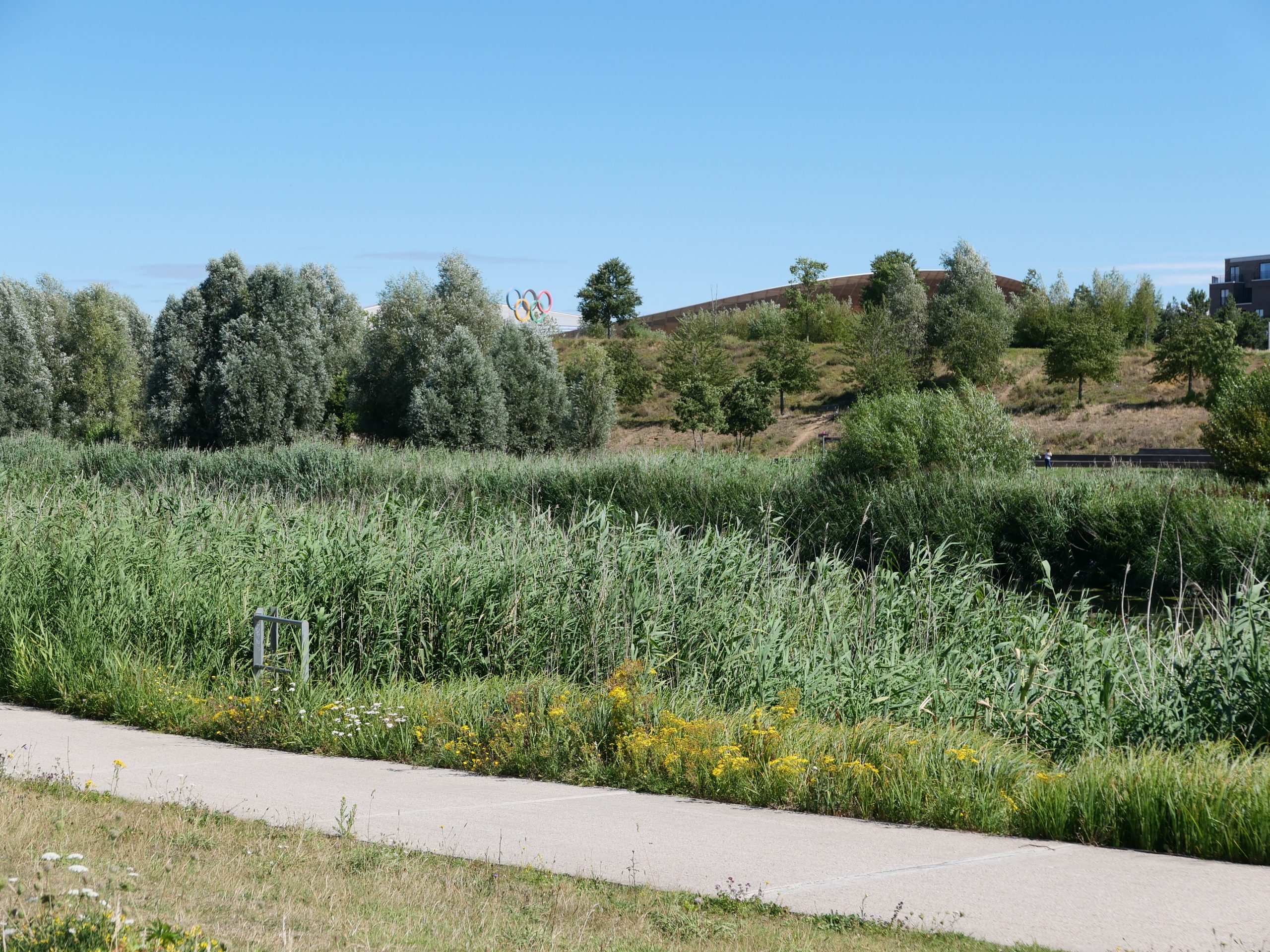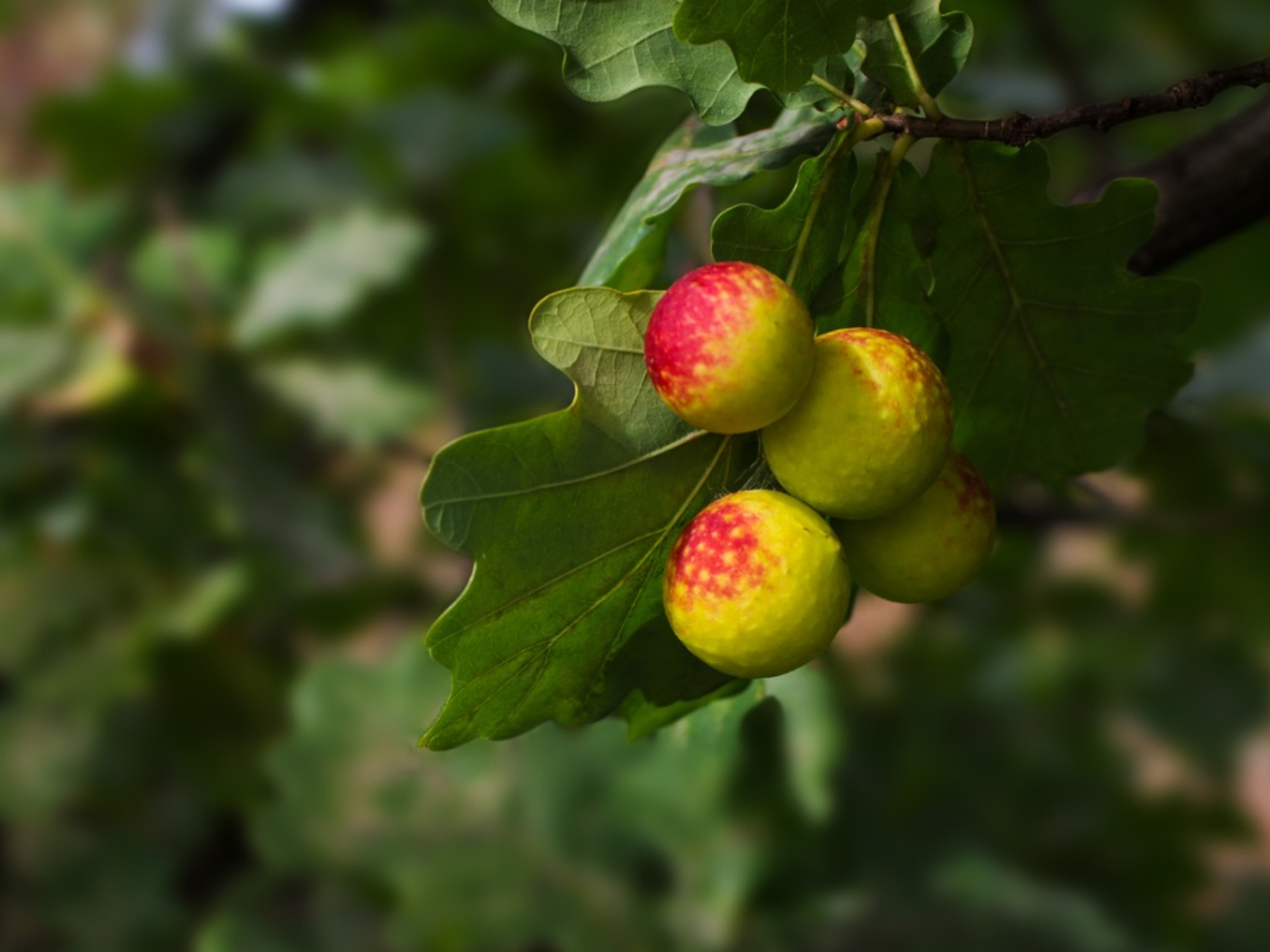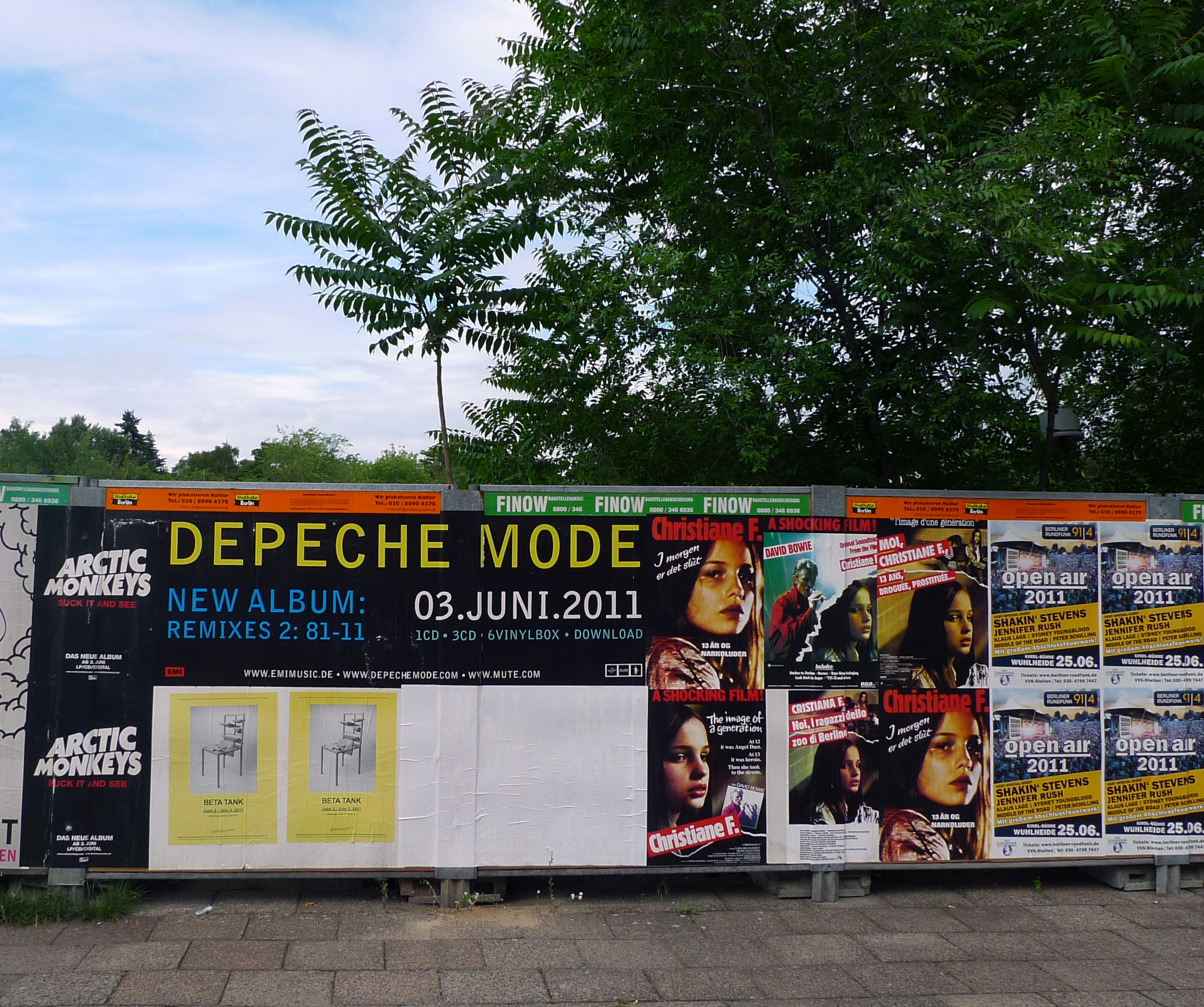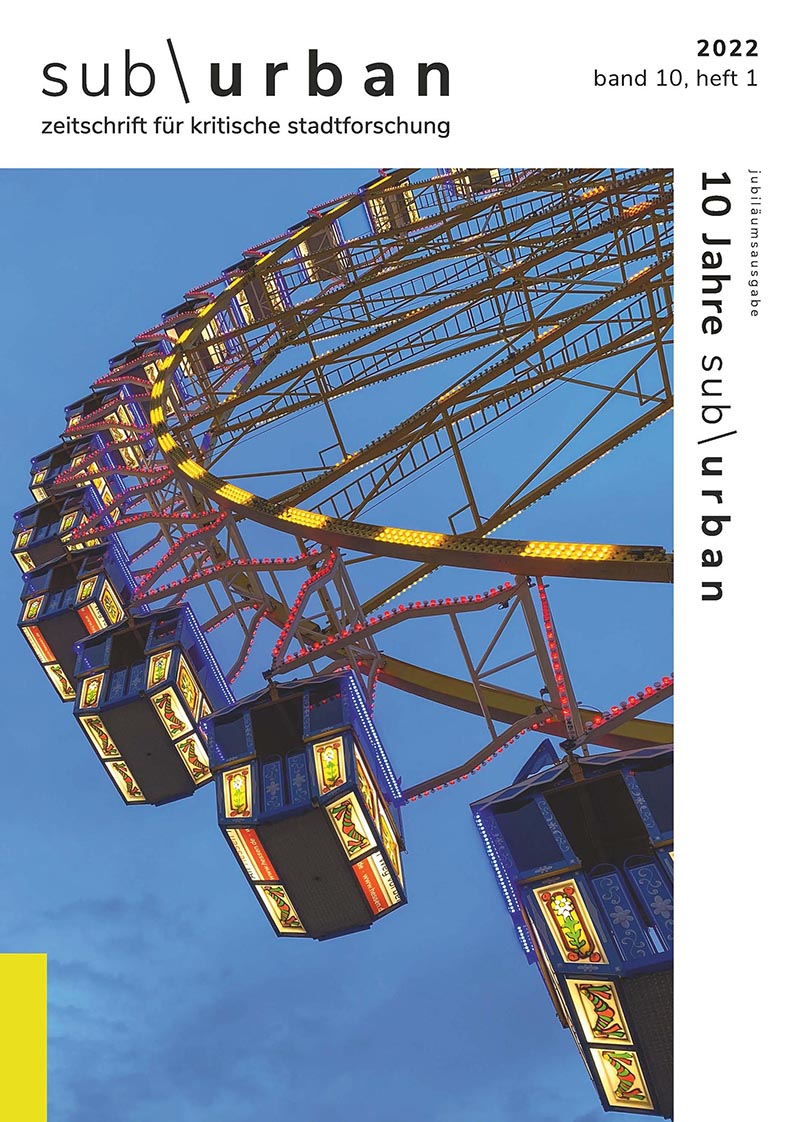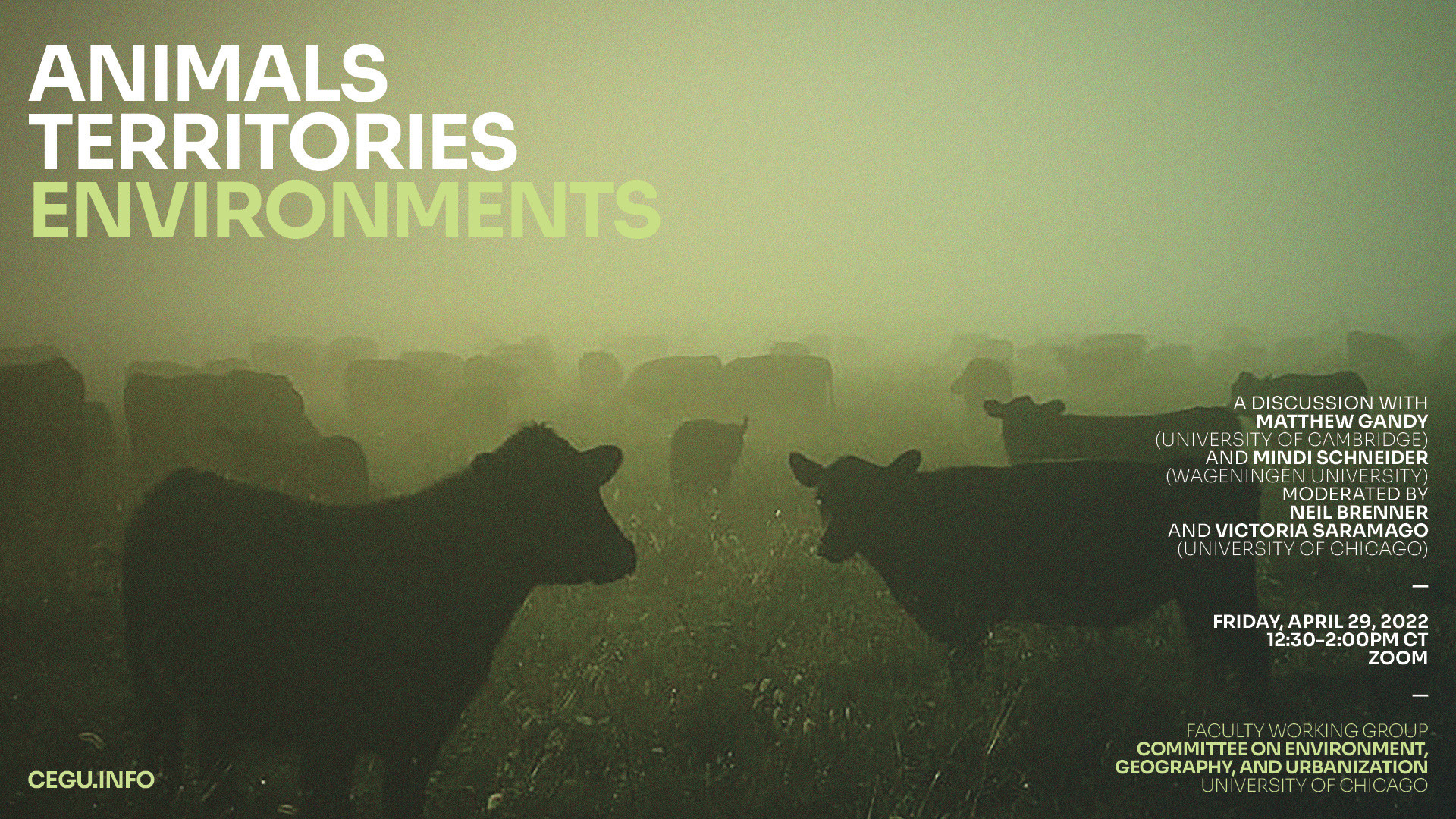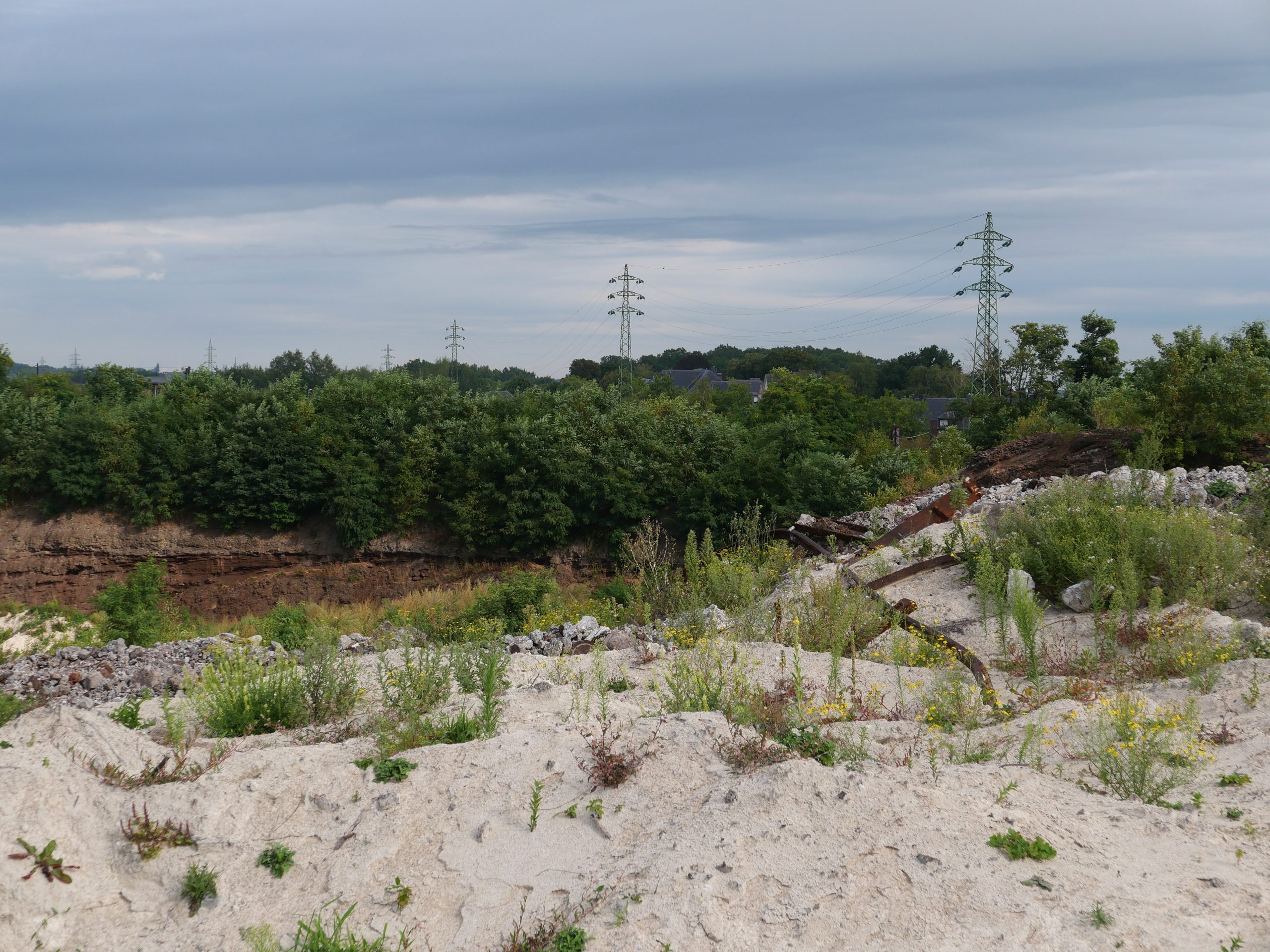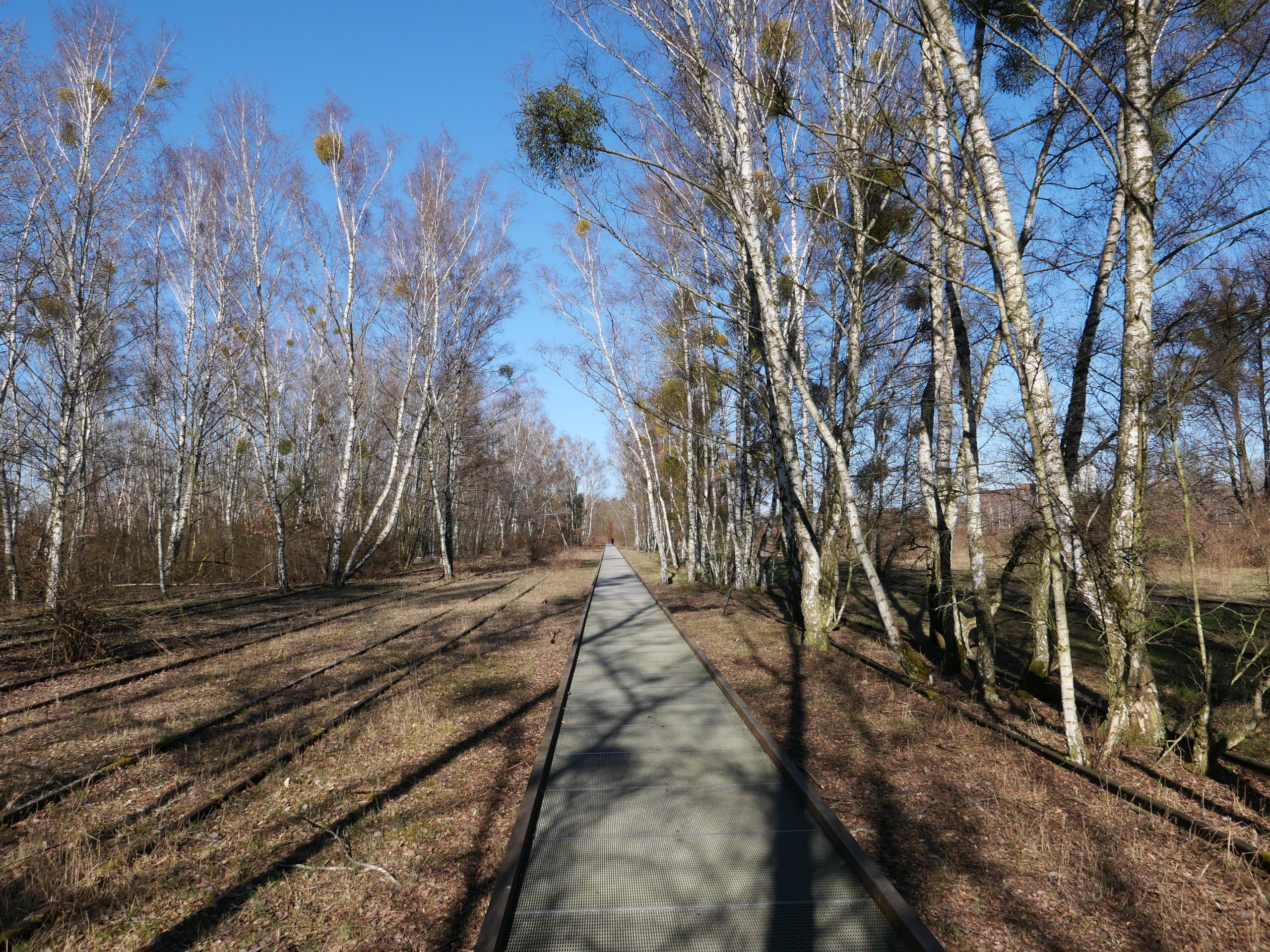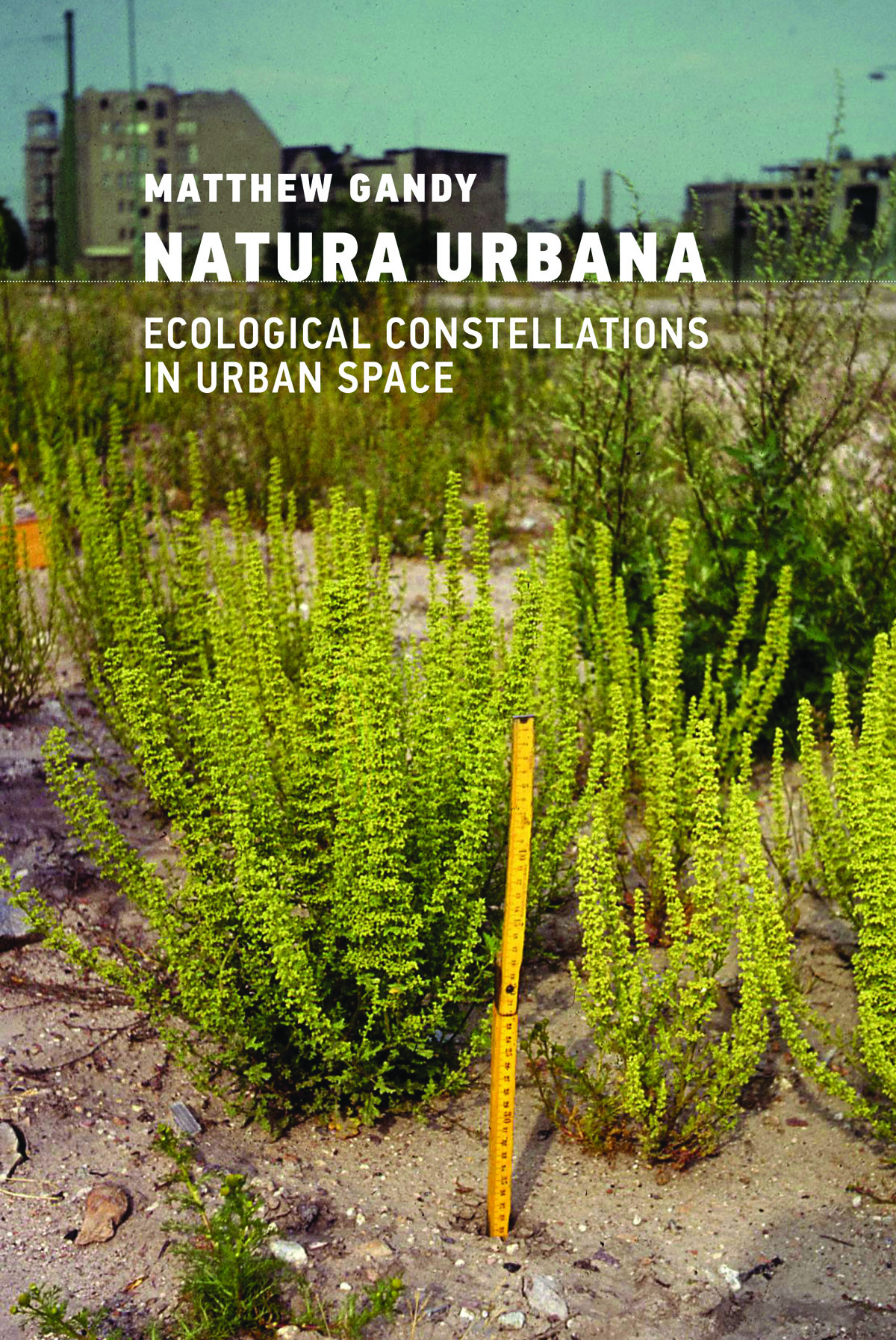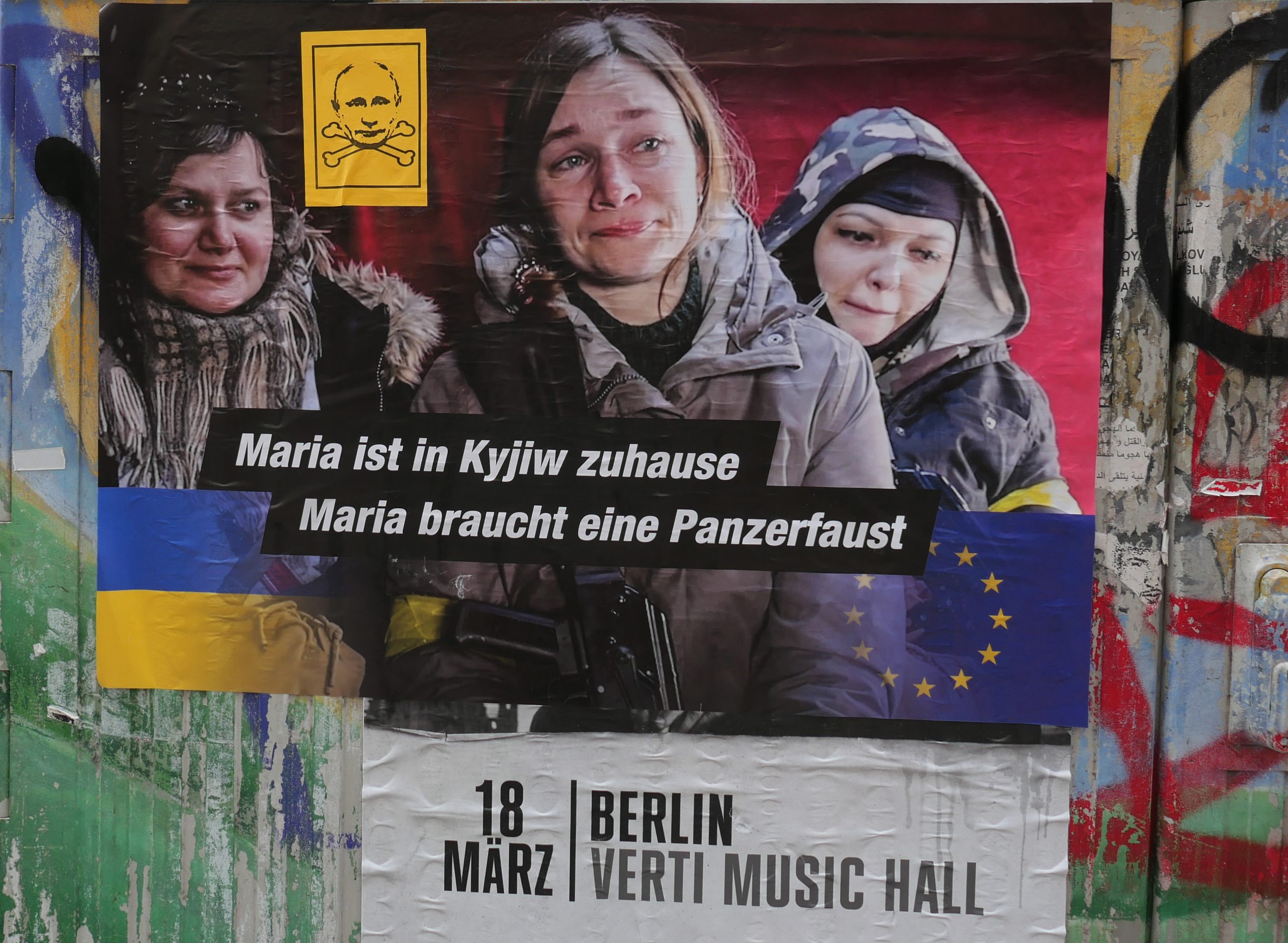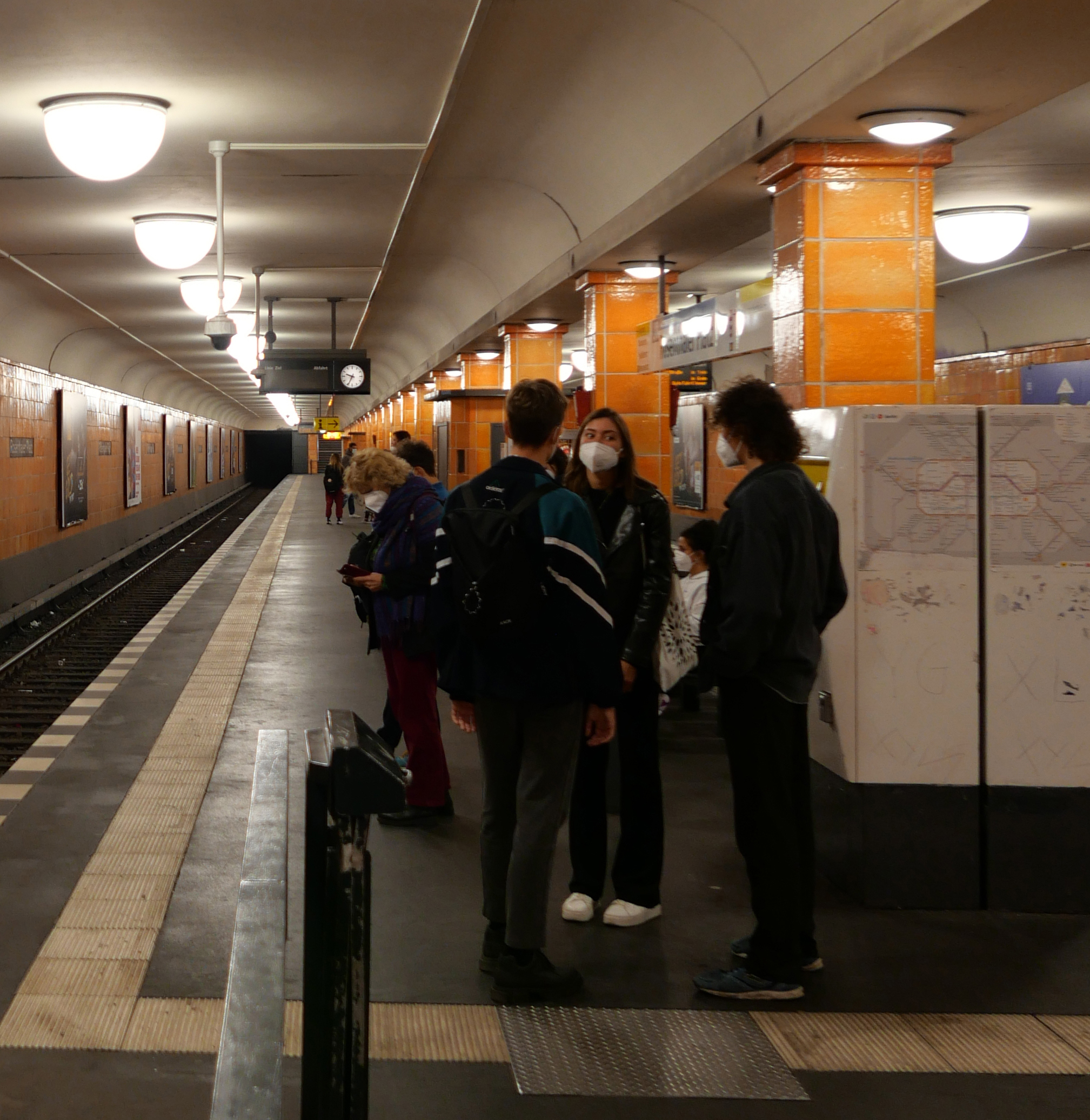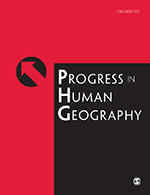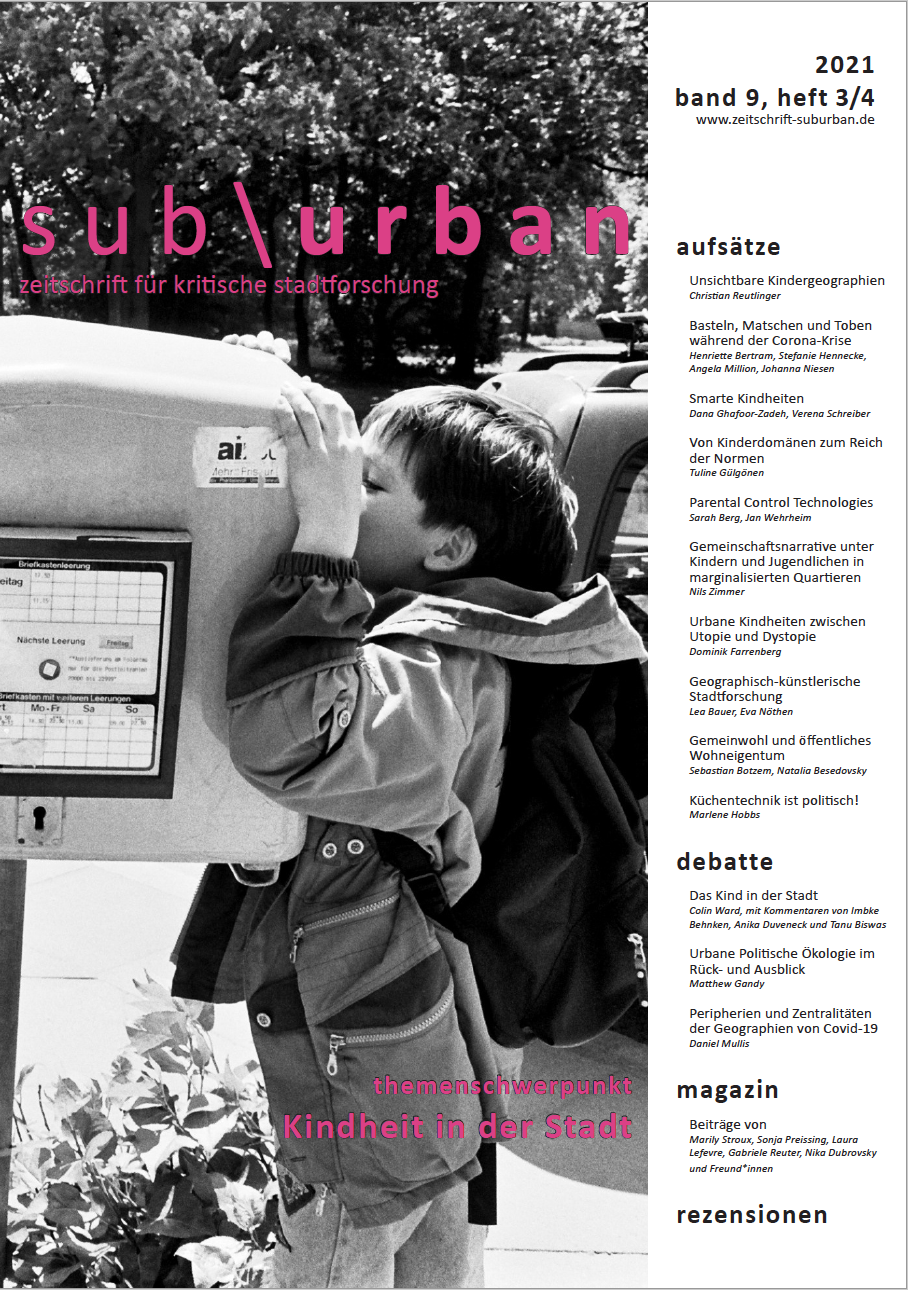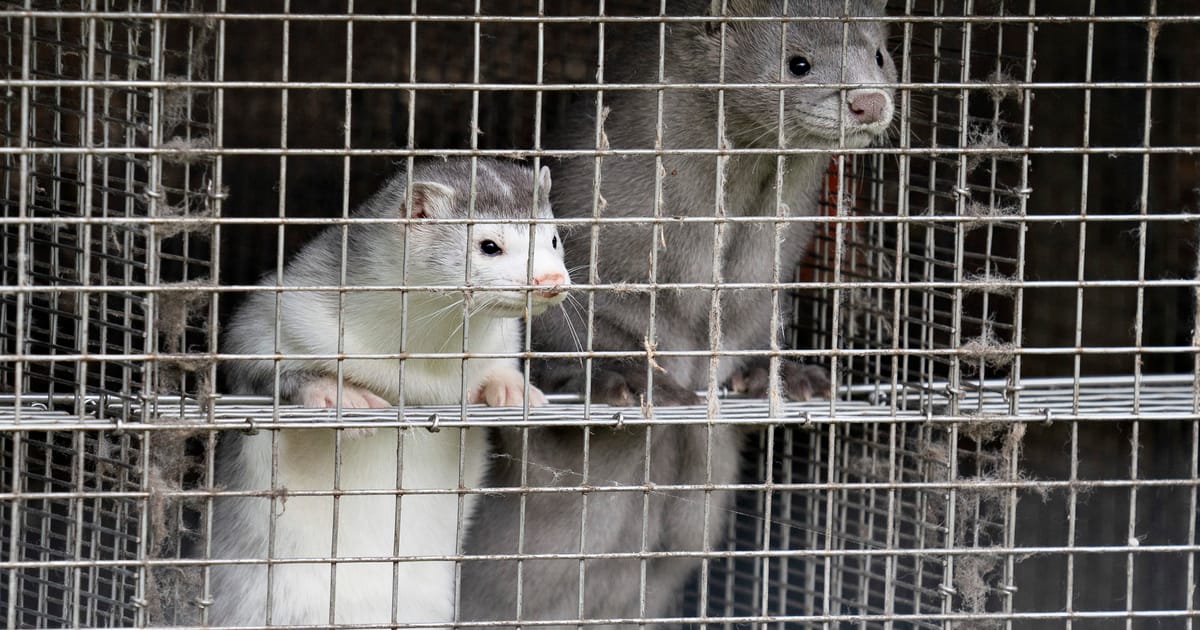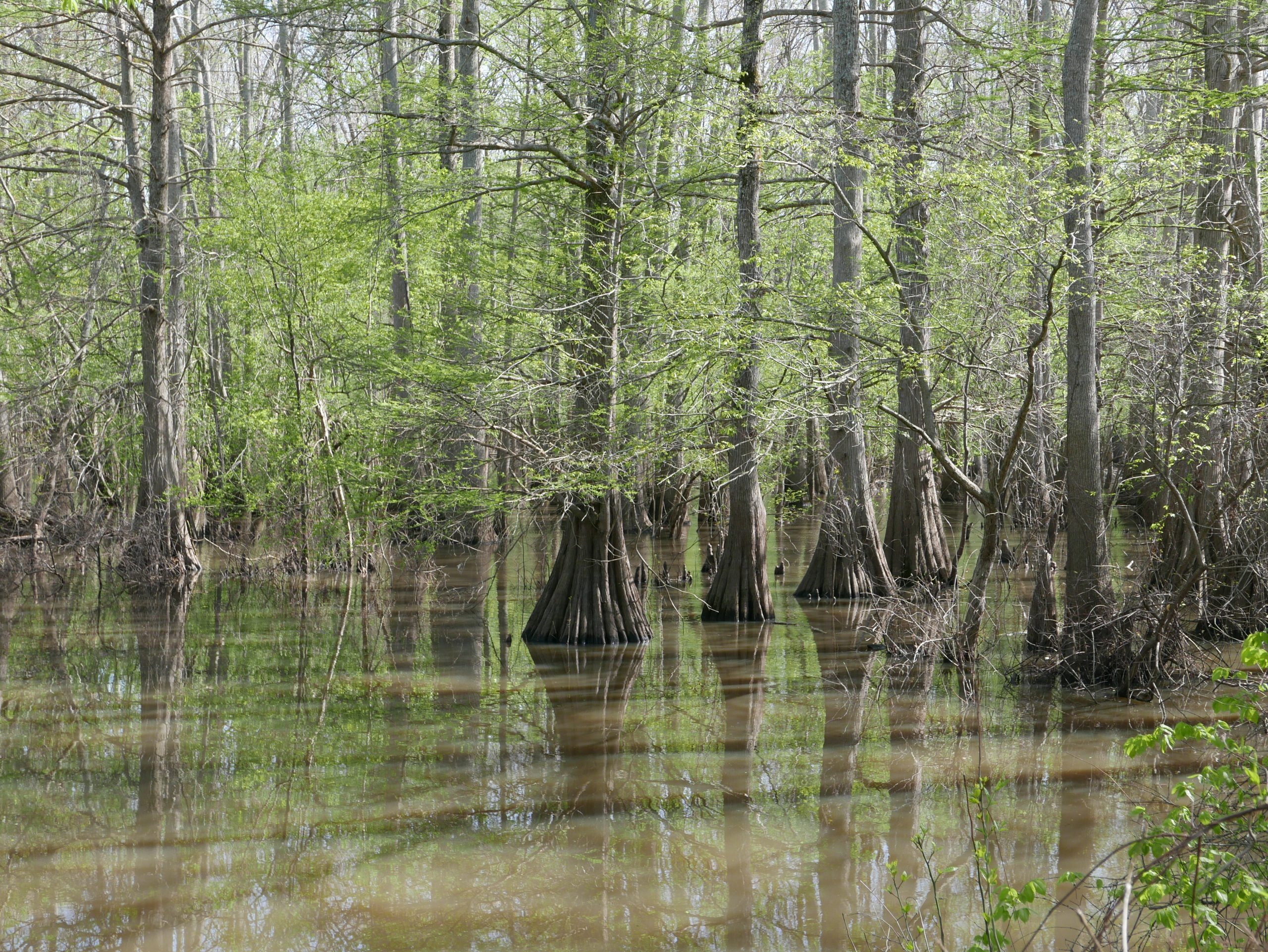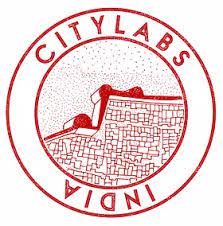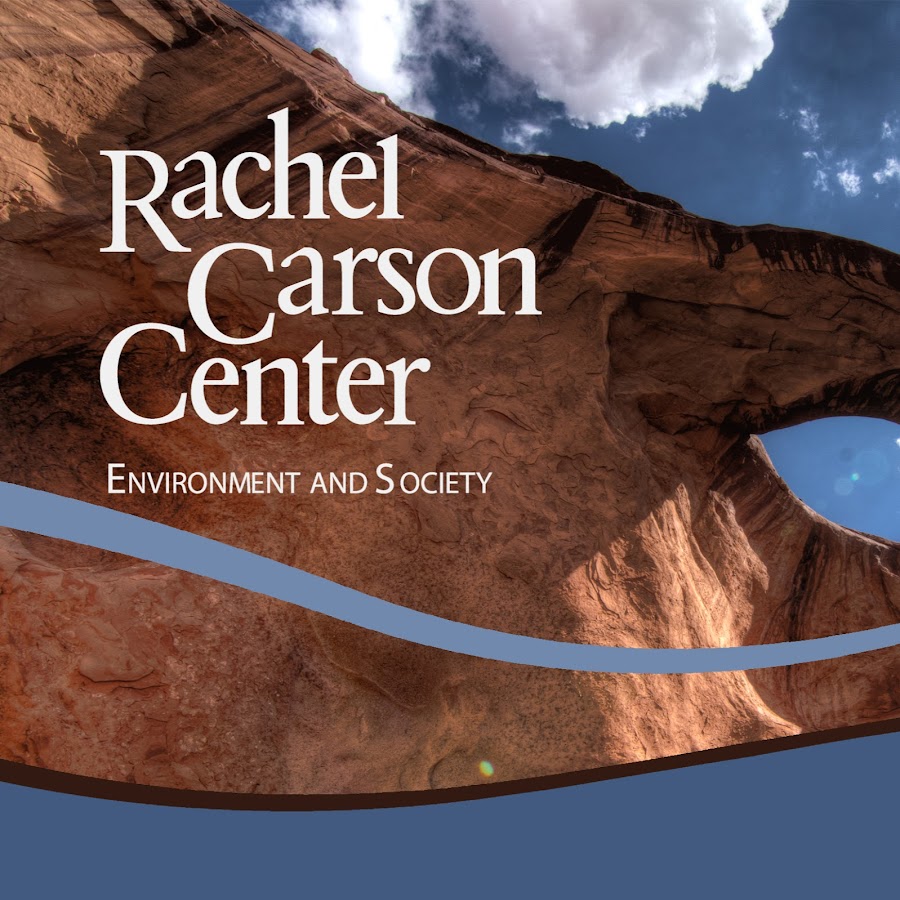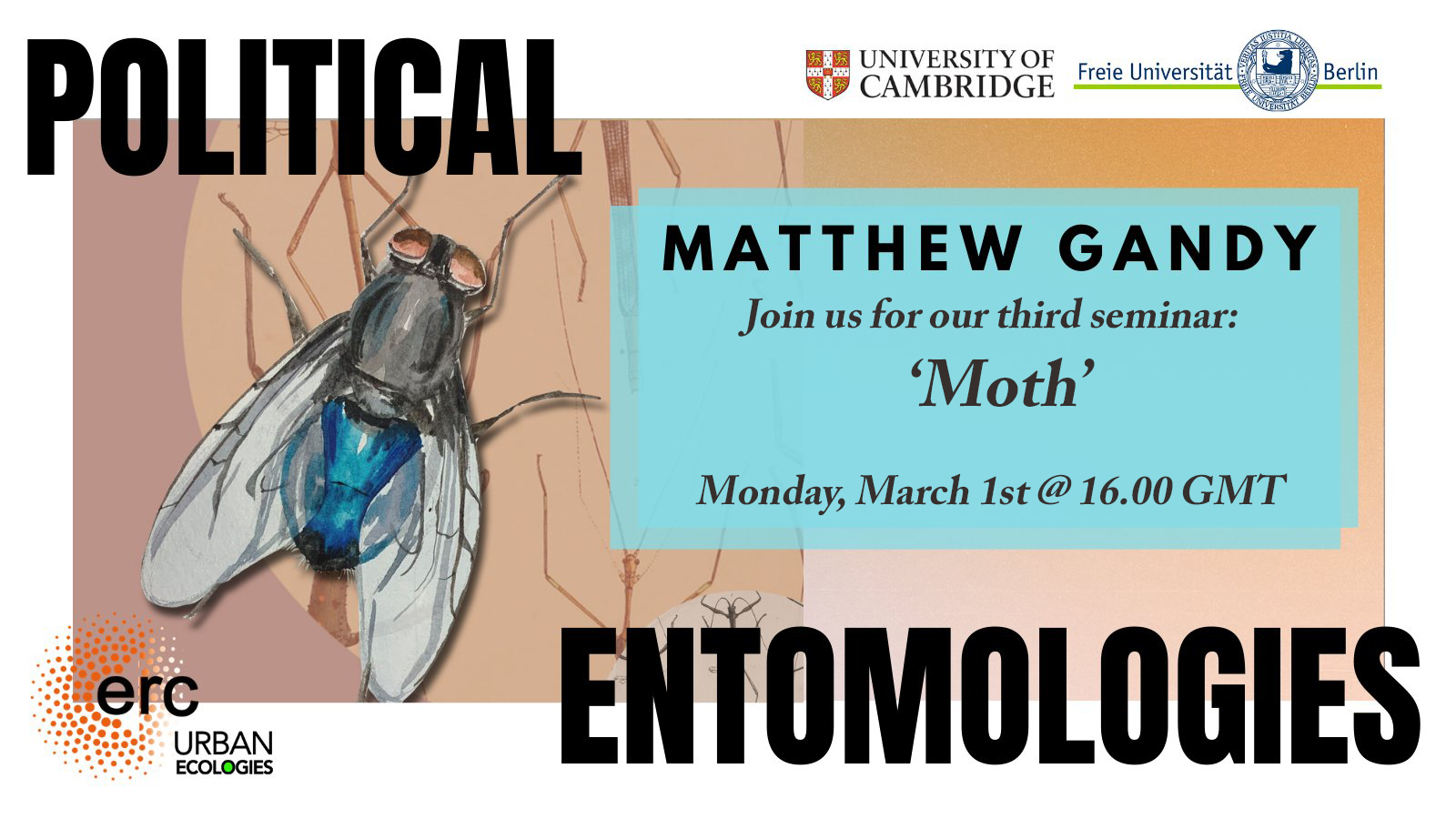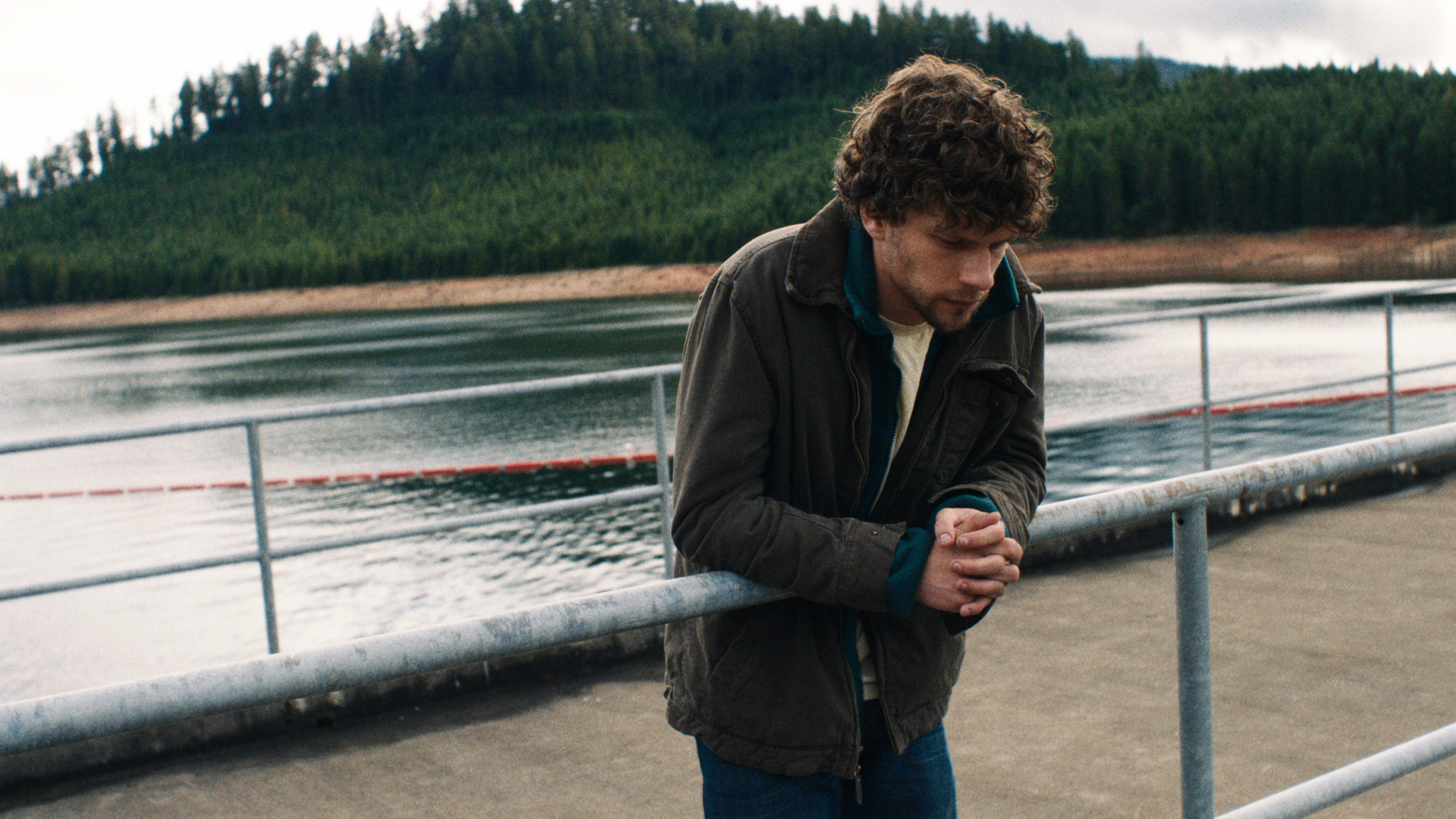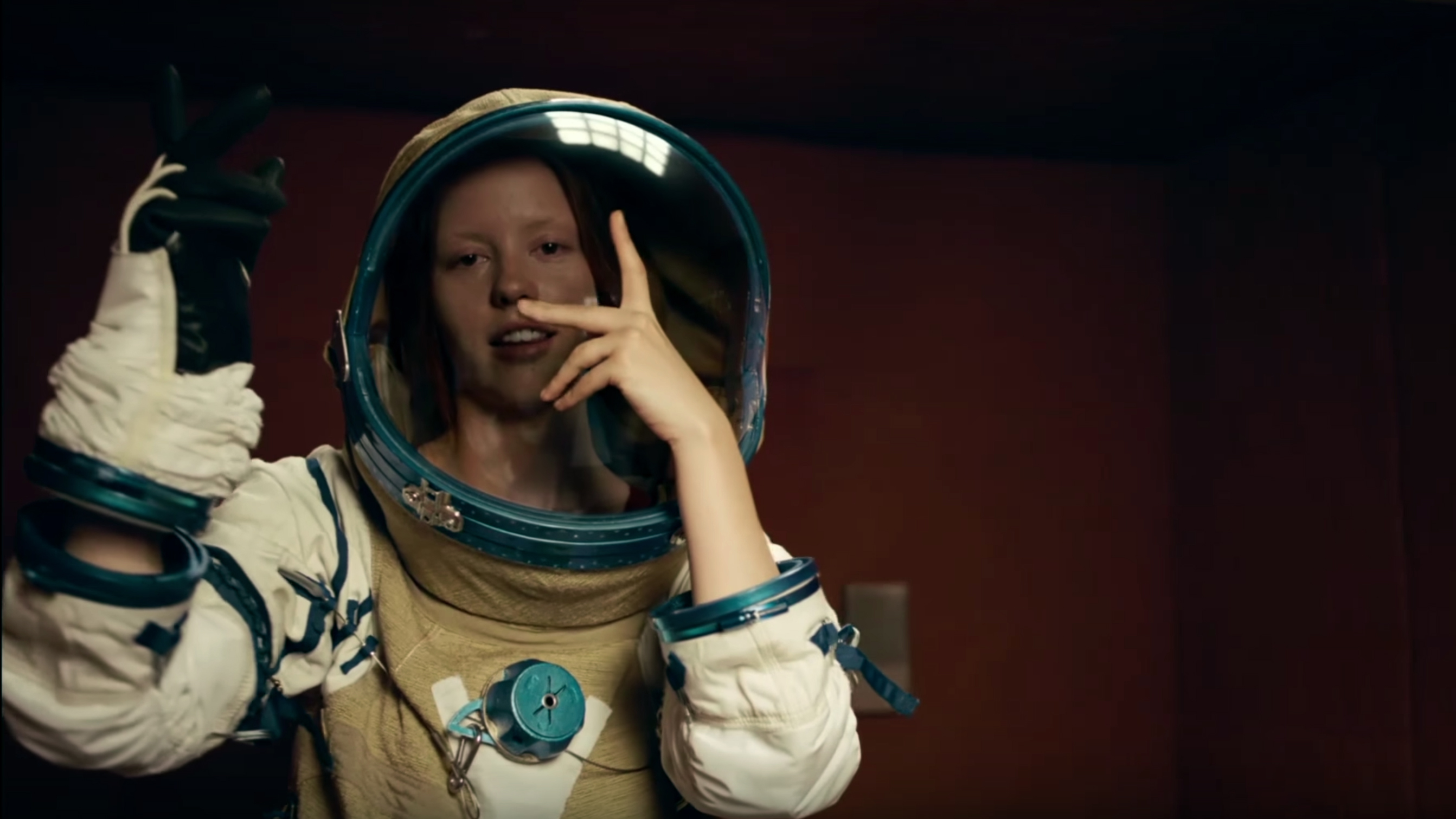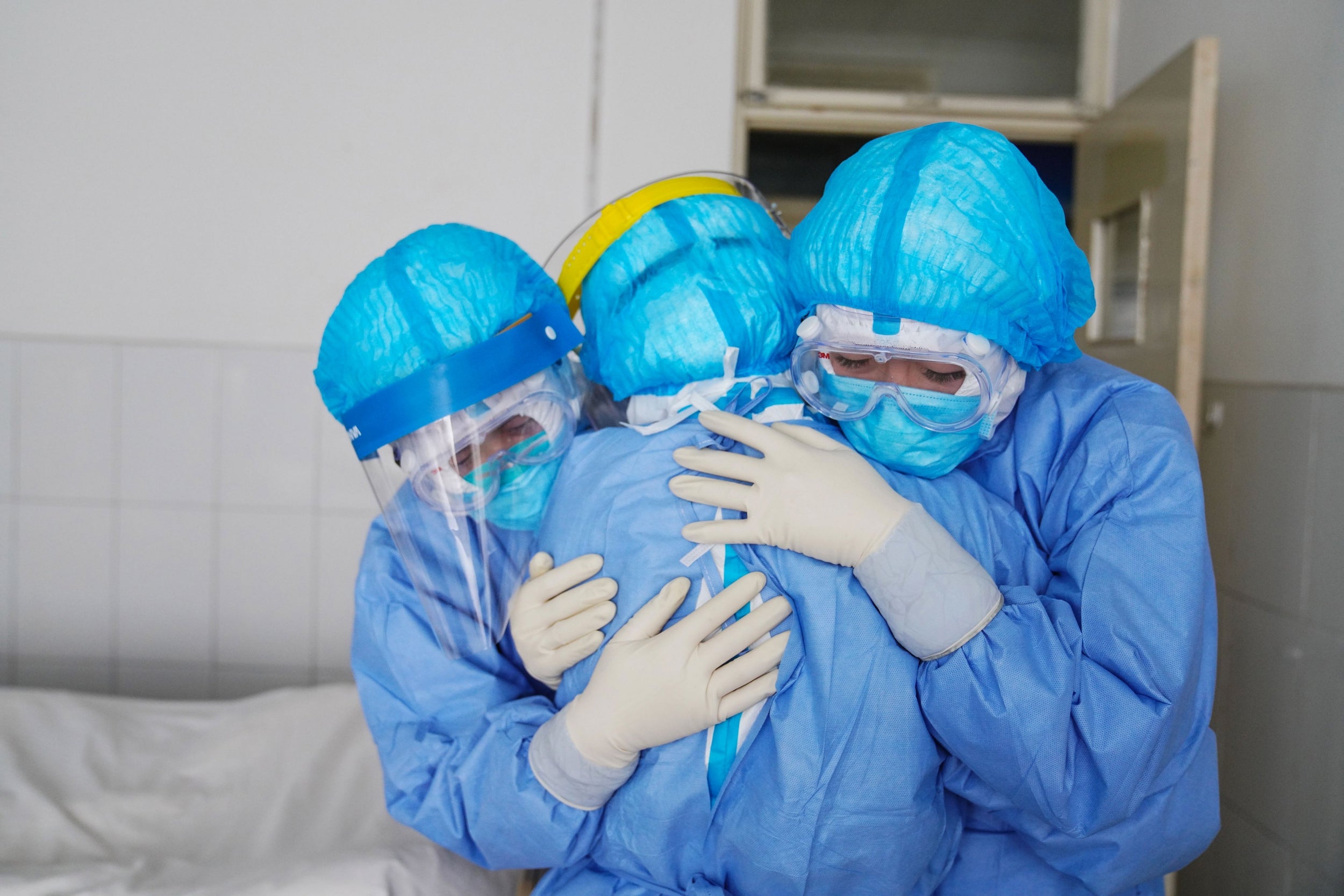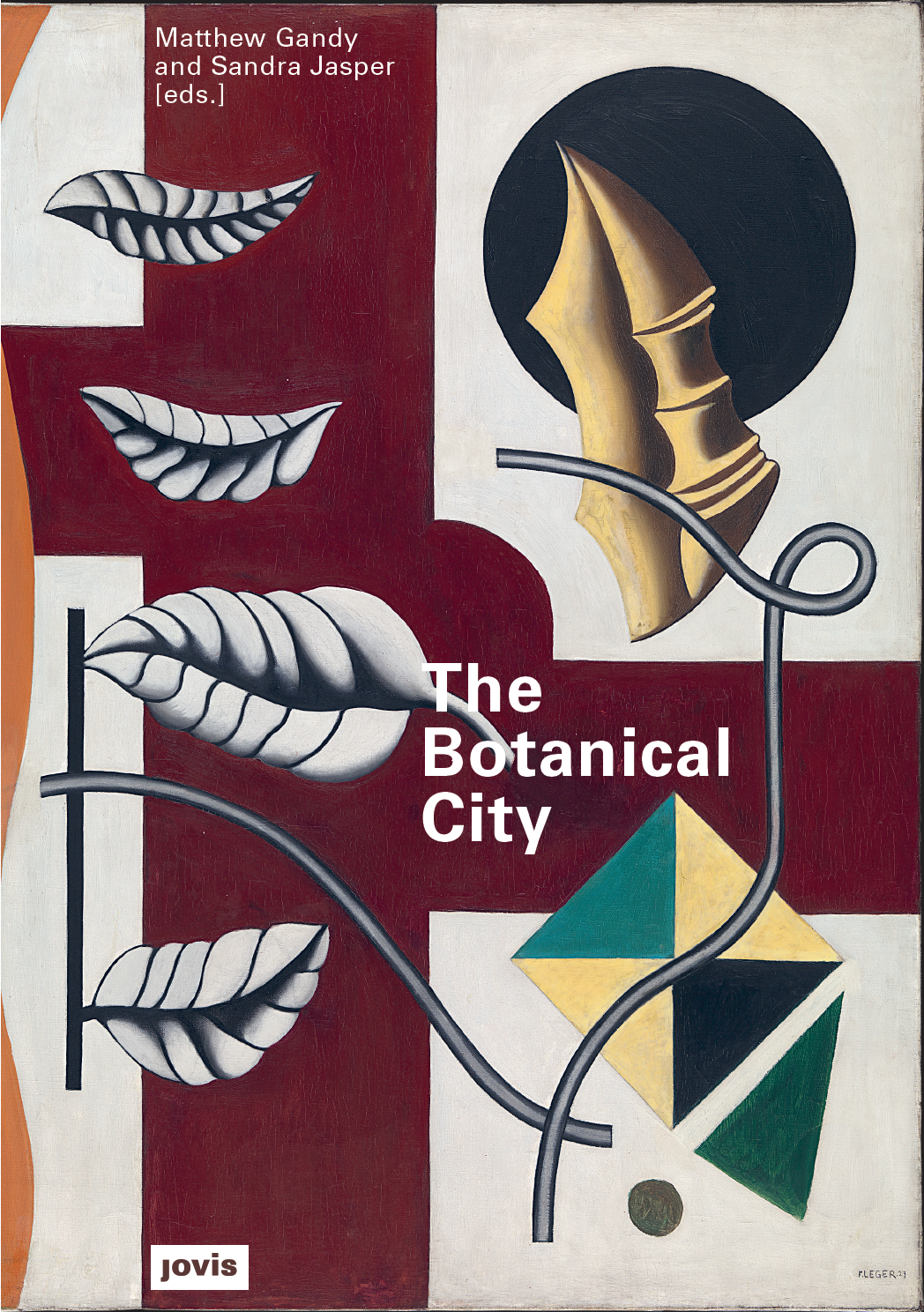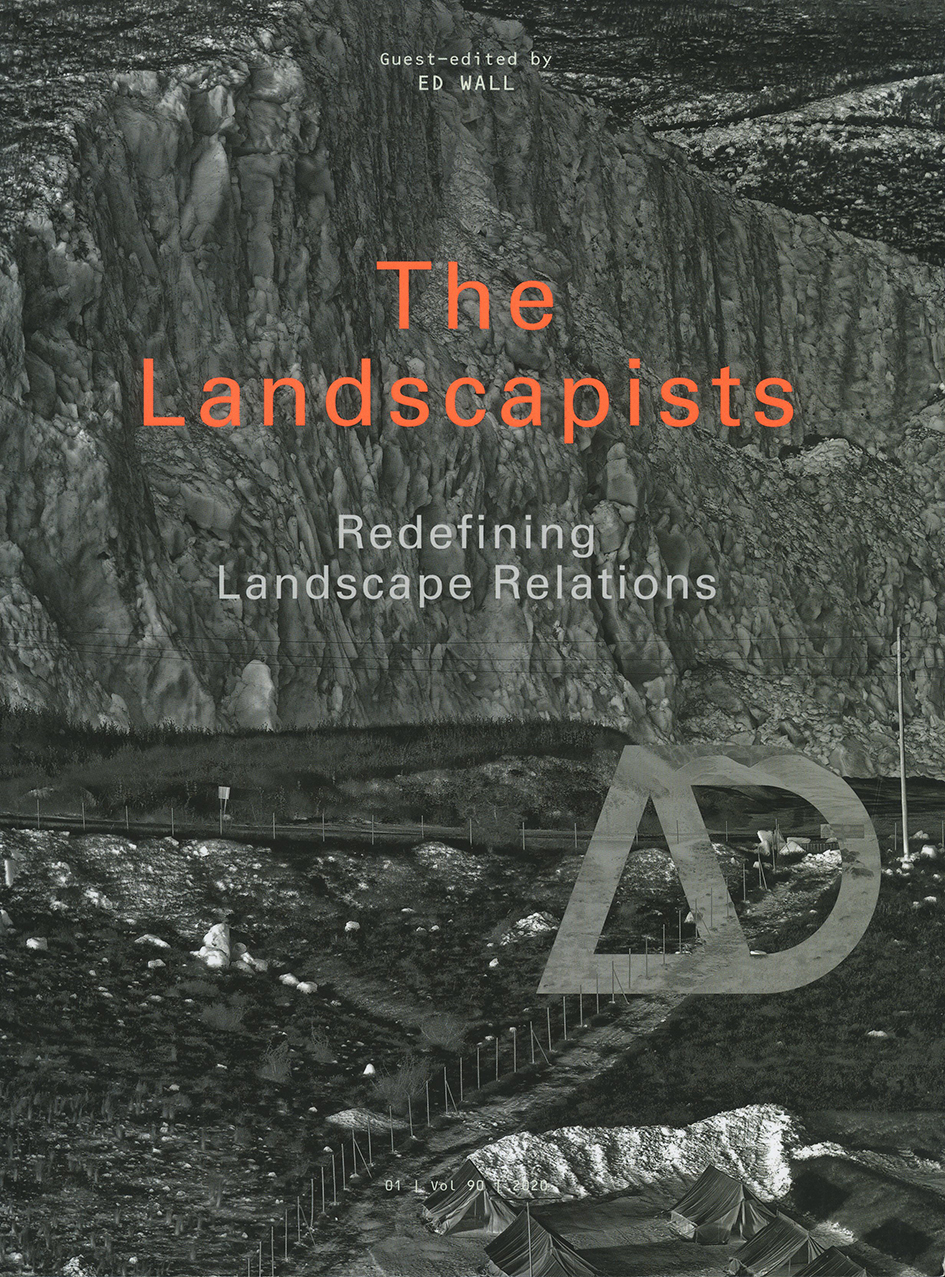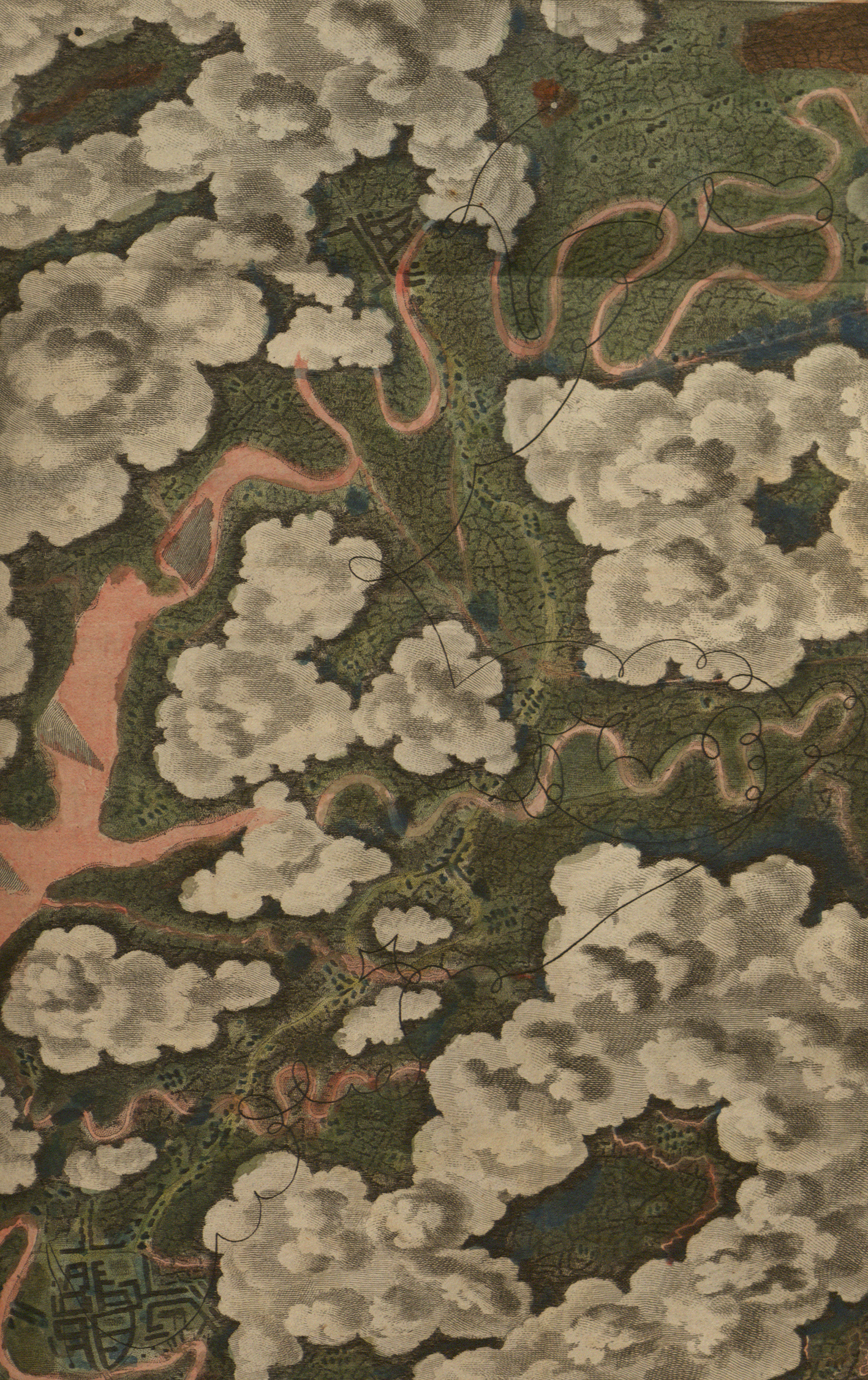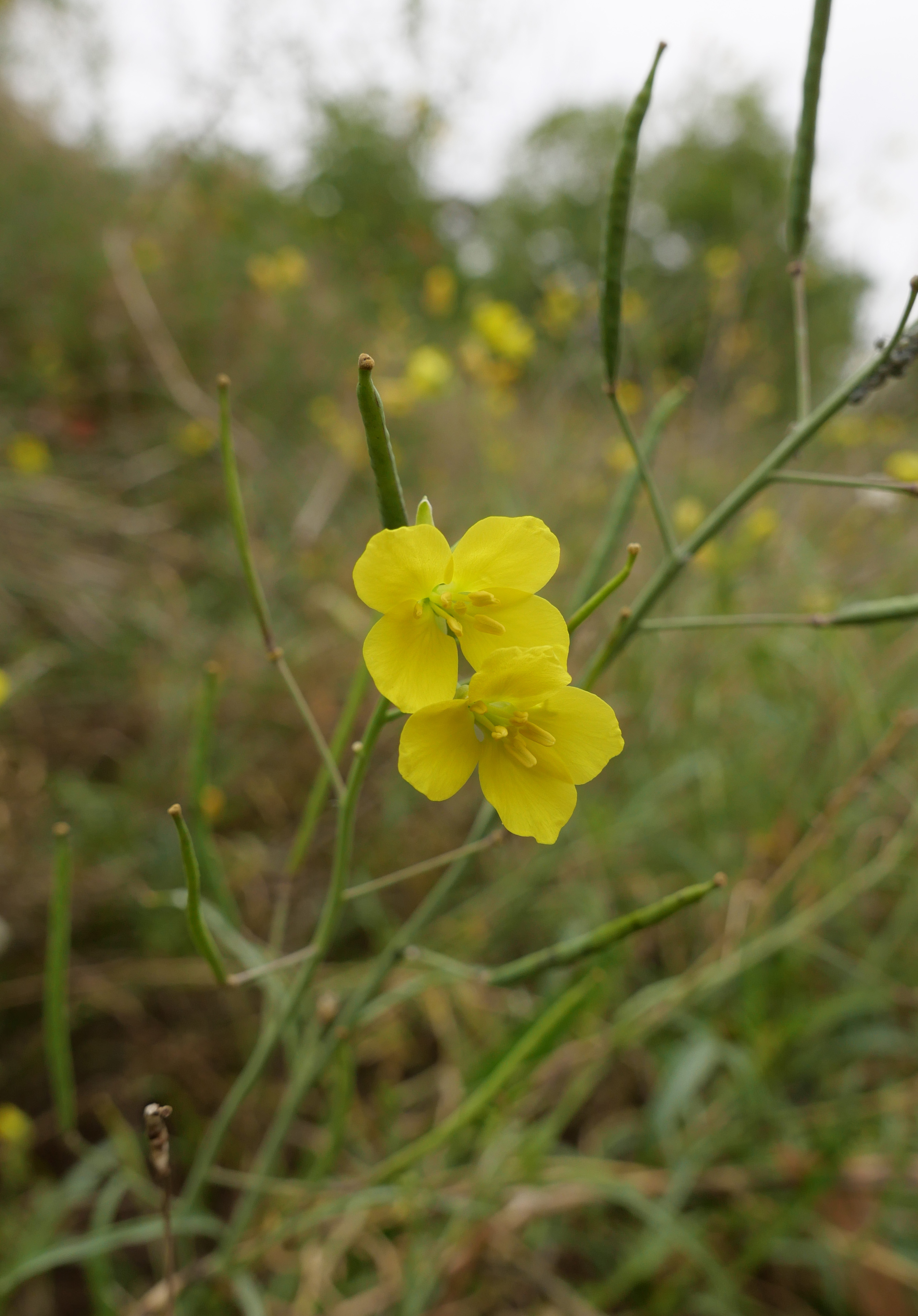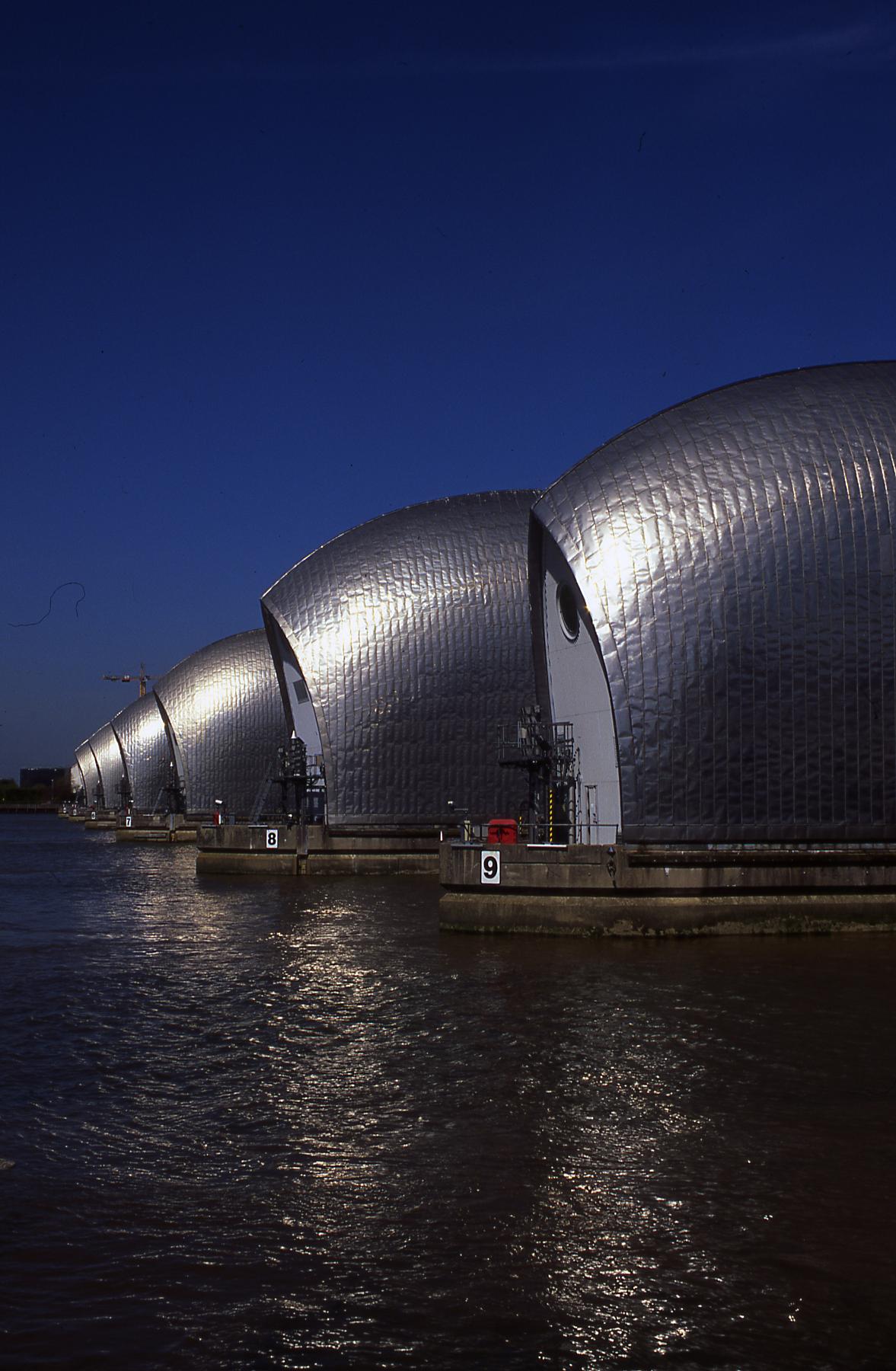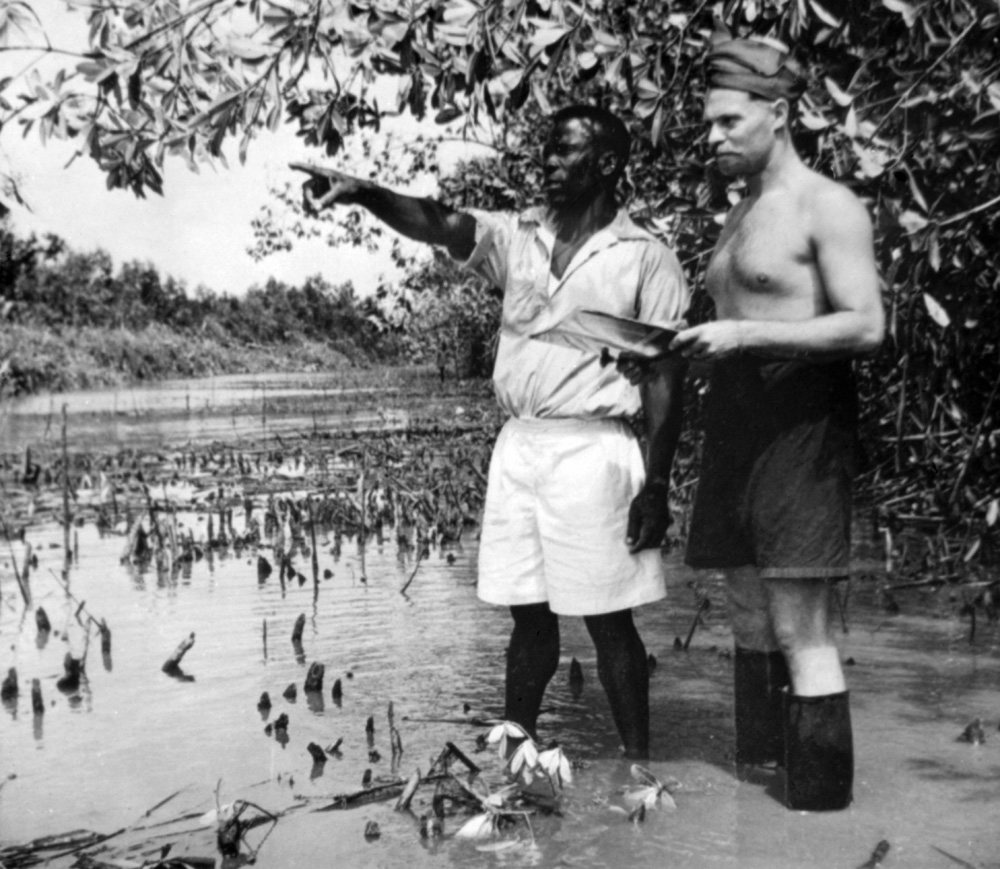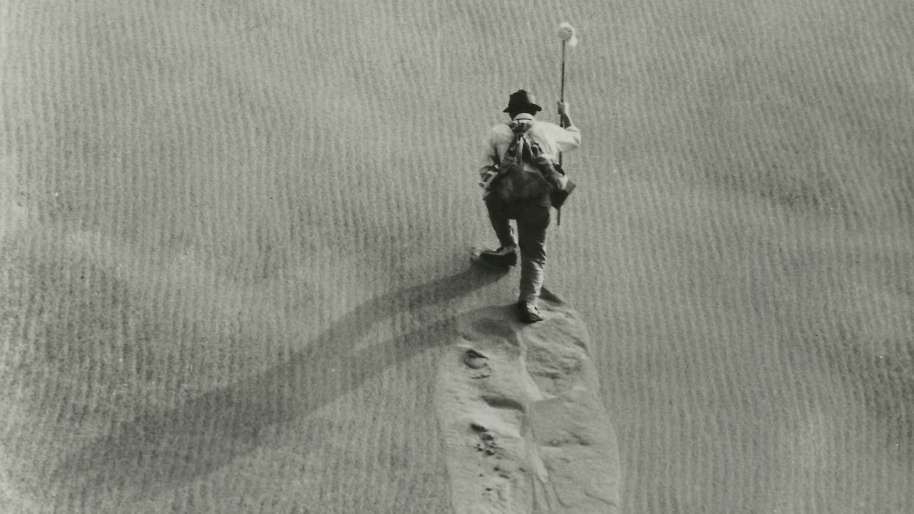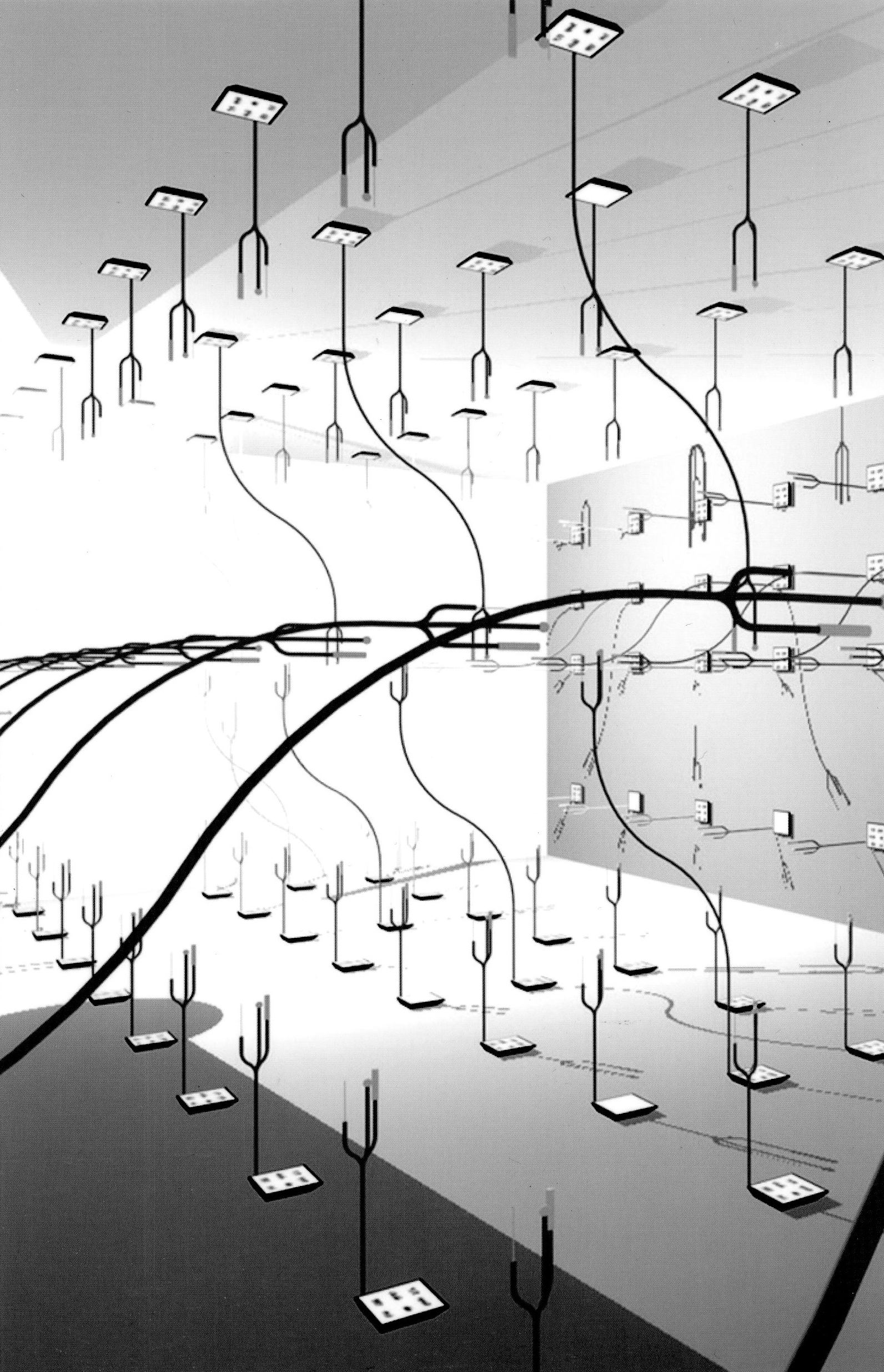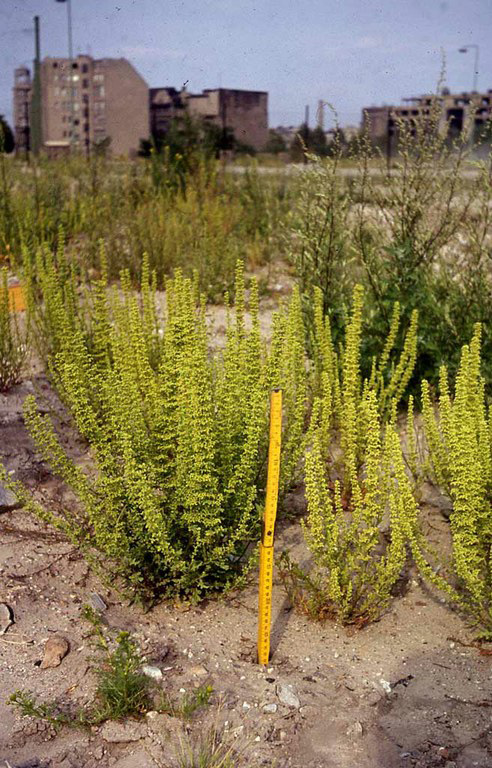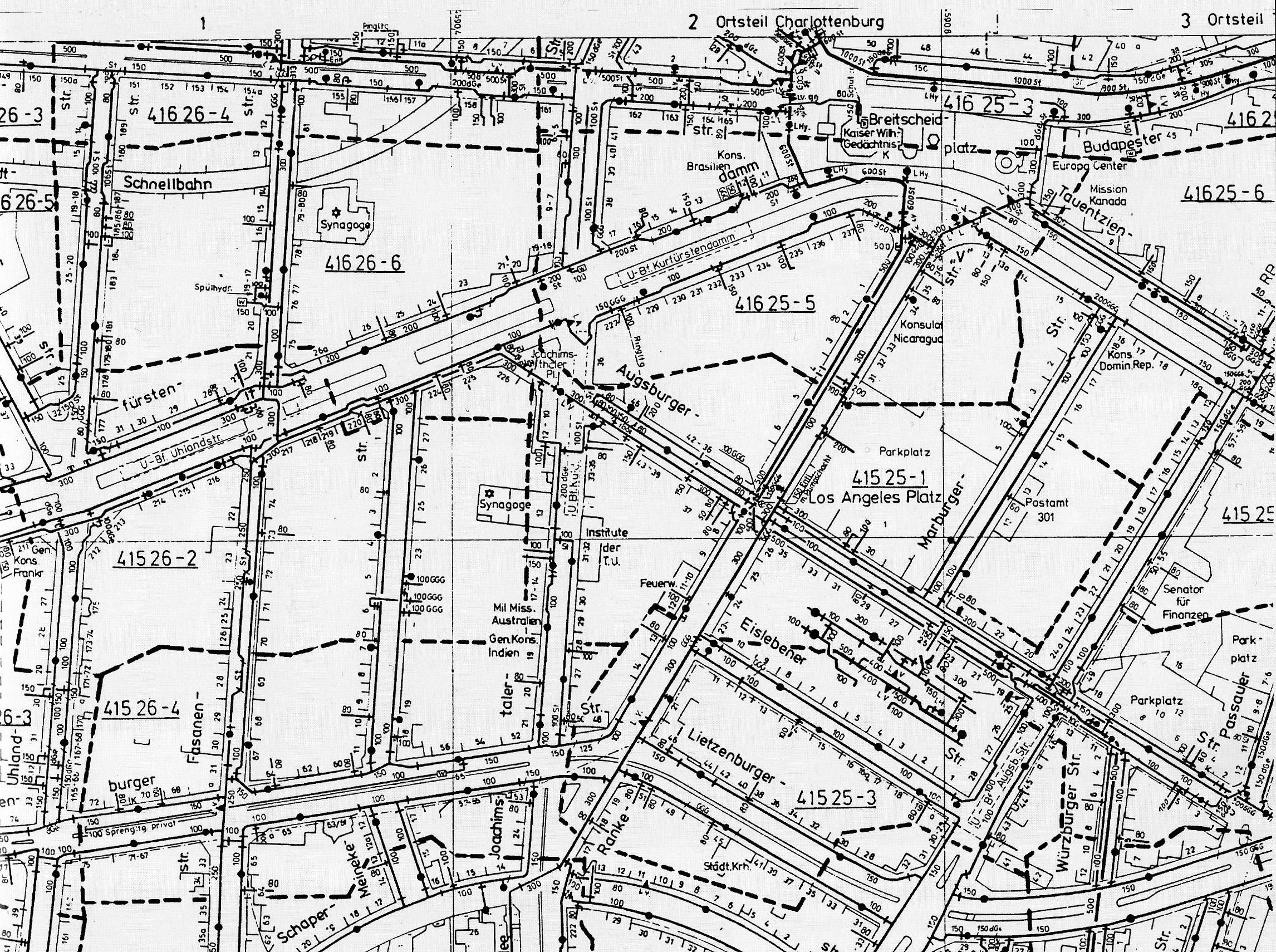On my first ever trip to Antwerp last week I made a literary pilgrimage to the Centraal Station to see one of the inspirations for W.G. Sebald’s novel Austerlitz. For Sebald, this ornate building, designed by Louis Delacenserie, and constructed between 1895 and 1905, displays an intense form of architectural eclecticism. The station’s elaborate interior serves as a cathedral to Belgium’s colonial past, a kind of architectural homage to “the deities of the nineteenth century – mining, industry, transport, trade and capital.” Standing in the entrance hall where Sebald’s protagonist Austerlitz once stood I reflect on the intricate coordination of space and time that underpinned the rise of European modernity. Spectral traces of violence have been transmuted into an edifice of marble and gold leaf, scarcely noticed by hurrying passengers. On the other side of the entrance hall there is a cavernous roof of steel and glass, its immense height built to accommodate steam trains. I order a coffee at le Royal café and wonder if Sebald might once have sat here making notes, listening to the swirling sounds of voices and trains.
Author: Matthew
Zany beetroot: architecture, autopoiesis, and the spatial formations of late capital
Environment and Planning D: Society and Space 41 (6) pp. 1058–1074
The parking lots of Tallinn: an encounter with marginal ecologies
Roadsides 10
Great Yarmouth
In Great Yarmouth: Provisional Figures (2023) the Portuguese film director Marco Martins provides a devastating portrayal of post-Brexit Britain and the precarious lives of migrant workers. The screenplay draws on the testimony of former workers and is unsparing in its depiction of their humiliating conditions. The focal point of the film is a blood-soaked turkey processing plant where English workers are no longer prepared to do the dirty jobs. In one scene we see newly arrived Portuguese workers having their teeth and hands checked, in another they are huddled in the cold before dawn, waiting for a bus to transport them to the factory. The central character Tânia (played by Beatriz Batarda) is a former worker who has become a kind of gang master overseeing the needs of the migrants. She has been saving money by overcharging them for their dilapidated housing but she is swindled in turn by one of the workers, leaving her life in ruins. The scenes of live turkeys in crates arriving for slaughter are reminiscent of the startling realism in Charles Burnett’s classic depiction of a modern abattoir in Killer of Sheep (1978). The brutal fate of these bedraggled birds, anxiously peering towards the camera, underlines a generalized sense of hopelessness. The only counterpoint to the nihilistic mise-en-scène is a former nature reserve worker, now a virtual outcast, who has befriended Tânia. In a poignant moment he cradles an injured greenfinch and also lets her hold the bird. The films closes with his voiceover, a childhood lullaby “ten for a bird you must not miss,” the double meaning evoking the aim of a hunter’s rifle or a heart that cannot grieve.
Chennai flyways: birds, biodiversity, and ecological decay
Environment and Planning E: Nature and Space
How to blow up a pipeline
The film How to blow up a pipeline (2022), directed by Daniel Goldhaber and inspired by Andreas Malm’s book, is one of the most important independent films of recent years. The plot centres around a meticulously planned operation by eight young environmental activists to blow up an oil pipeline in West Texas (the film was shot in New Mexico). As the film progresses we learn various elements of the activists’ back stories that have drawn them into taking part in a collective form of direct action such as the death of a family member to environmentally induced cancer or a sense of rage over oil extraction in ancestral lands. The film explores the moral dimensions to property destruction with great subtlety: indeed, part of their action involves turning off the flow of oil to prevent a spillage after destroying a section of infrastructure. The riveting screenplay has a real-time intensity that is reminiscent of John Cassavetes. As a cultural artefact in its own right it is film that is absolutely of its time as we enter the 2020s: a decade of deepening global environmental crisis for which our existing conceptual and analytical tools feel increasingly inadequate.
Interview with the Bentway magazine, Toronto (2023)
Matthew in conversation with Brian Sholis for the Bentway magazine, Toronto (recorded 12 July 2023):
https://thebentway.ca/stories/the-ecology-of-concrete-an-interview-with-matthew-gandy/
Urban political ecology versus ecological urbanism
In Kaïka, M.; Keil, R.; Mandler, T.; and Tzaninis, Y. (eds) Turning up the heat: urban political ecology for a climate emergency (Manchester: Manchester University Press) pp. 56–66.
Hermitix podcast: Natura urbana and urban ecology (2023)
Matthew in conversation with James Ellis for the Hermitix Podcast (recorded 24 May 2023):
https://www.youtube.com/watch?v=b0CUYWl5wSE
Grenfell
Steve McQueen’s short documentary simply entitled Grenfell is the most poignant artistic response that has yet been created to the fire that swept through the twenty-four storey Grenfell Tower on 14 June 2017 in which 72 people lost their lives. The film opens with a quasi-bucolic aerial panorama beyond the edge of London accompanied by intense ambient noise. Almost imperceptibly we are drawn very slowly towards the increasing density of metropolitan London: golf courses and gently curving suburban roads gradually give way to more tightly packed residential streets, signs of light industry, and the criss-crossing of roads and railway lines. As the helicopter-eye view moves ever closer to the group of West London hi-rise housing blocks the pale grey inhabited towers mark a striking juxtaposition with the blackened shell of Grenfell. The background noise fades to complete silence as we slowly begin to circle the charred exterior of the building. The blackened walls contrast with heat distorted materials and raw red patches. Rather than an architecture of trauma à la Daniel Liebeskind we are confronted with architecture as trauma. Filmed in December 2017 the winter light accentuates the combination of harsh colours and absence of life. The mood is meditative and shocking. Ever so gradually the camera begins to draw back. The subsonic shell of ambient sound returns as if the clarity of loss is now threatened by a kind of “white noise” in which memory, responsibility, and justice must jostle to be heard.
Books under threat: open access publishing and the neo-liberal academy
Zoonotic urbanisation: multispecies urbanism and the rescaling of urban epidemiology
Urban Studies
Sudan Archives
A sudden thunderbolt hit North London on the early evening of Monday 28th November leading to numerous enquiries about an unexplained explosion or even speculation about a meteor strike. What a fitting meteorological phenomenon to mark the arrival of the musician Sudan Archives in London for her show at the Electric Ballroom in Camden. Born in Cincinnati, Ohio, the violinist and songwriter Sudan Archives has crafted a genre defying body of work over recent years. Her show was marked by a sense of exuberance in its oscillation between searing violin improvisation and dramatic renditions of “Come meh way,” “Iceland Moss,” and other songs. Even if the somewhat muddy sound system could not convey the subtlety of all her works the atmosphere was electric. It is good to know that live music is flourishing once again in the post-Covid city.
Moths: the story of the butterfly of the night (2022)
BBC World Service broadcast 10/11 November 2022
The Forum with Matthew Gandy, Franziska Kohlt, Alma Solis, Liima Lember, and Shirley Camia
Arguments for a critical reading of urban landscapes
Journal of the Society of Architectural Historians 81 (3) pp. 276–278
Political opportunism as hyper-parasitism
The UK is entering what may be the final act of an extended political farce that has been underway since the appointment of the disastrous David (“I’m giving up my time to govern”) Cameron in 2010. The appointment of Liz Truss as the fourth Conservative prime minister in a row after the departure of Boris Johnson brings a new level of self-serving mediocrity to British politics. Johnson, a populist opportunist, manipulated anti-European sentiment during the unnecessary EU referendum of 2016, in order to destroy the premiership of his Etonian rival, David Cameron. Johnson then worked assiduously to undermine Cameron’s hapless successor, Theresa (“breakfast means breakfast”) May. Now Johnson in his turn has been ousted in a further intensification of Tory in-fighting, the ageing membership having been lured towards the apparition of a Thatcher lookalike as his successor. No matter that Johnson has been replaced by another political opportunist, who campaigned to remain in the EU, but has successfully persuaded the increasingly right-wing membership of the Conservative party that she alone can carry the Brexit revolution forward. Of course, Brexit is not a political destination but a process, an ideological shark that must keep moving to stay alive as Fintan O’Toole and other commentators have pointed out. Although Johnson and Truss both claim that Brexit has been “done” it remains a poisonous mist that continues to infect all around it, damaging agriculture, manufacturing industry, trade, universities, and so on. In inheriting Johnson’s parliamentary majority Truss becomes a political hyper-opportunist feeding off the political capital of her predecessor. We should note that the phenomenon of hyper-parasitism in nature can takes complex ecological forms, with some plant galls displaying at least five levels of parasitism. Similarly, the emergence of political hyper-opportunism contains many layers of intrigue, and could be likened to a kind of political gall — shall we call it Brexit — since the definition of a gall is an “abnormal outgrowth” which can happen from time to time even in democracies.
Ghosts and monsters: reconstructing nature on the site of the Berlin Wall
Was für ein Phänomen ist das Urbane und wie können wir es kritisieren?
Sub\Urban: Zeitschrift für kritische Stadtforschung10 (1) pp. 158–160
Animals, territories, and environments (2022)
Event organized by the Committee on Environment, Geography and Urbanization at the University of Chicago with Neil Brenner, Victora Saramago, and Mindi Schneider on 29 April 2022.
Red ecologies: an encounter with the post-industrial landscapes of Esch-sur-Alzette
in Swinnen, P.; Peleman, D.; Heindrichs, N. and Van Houtte Alonso, B. (eds) Red Luxembourg (Köln: Walther und Franz König, 2022) pp. 147–175
Interview with Bloomberg CityLab (2022)
“The case for preserving spontaneous nature in cities.” Interview with Linda Poon, Bloomberg CityLab:
Natura urbana: urban constellations in urban space
Cambridge, MA: The MIT Press xiv + pp 416
Ukraine
On 3 March 2022 the Channel 4 News chief correspondent Alex Thomson, reporting from Moscow, made an astute observation about the Russian media landscape that “truth is not a concept, it’s a commodity”. Indeed, the attempt to control information through webs of power and patronage has been a hallmark of the Putin regime since its inception over twenty years ago. The invasion of Ukraine has been based on an attempt to alter history through the manipulation of truth. In this sense I follow the historian Richard Evans’s insistence that a relativist view of the past is dangerous and serves as a breeding ground for ethno-nationalist mobilization. Indeed, the Russian state’s attempt to manipulate global public opinion has been underway for many years, culminating in spectacular successes such as Brexit, the 2016 US Presidential elections, and support for (and from) a motley cast of politicians in France, Germany, Italy, the UK, and elsewhere. It is telling that Volodymyr Zelinskiy, when becoming president of Ukraine, did not request that pictures of himself be put up on the walls of government offices. Instead, he encouraged staff to display photos of their families (presumably including pets). It remains to be seen if the outcome of this terrible conflict will reset global politics towards democracy and away from the realm of violent autocrats and the wilful twisting of history in the geopolitical arena.
The zoonotic city: urban political ecology and the pandemic imaginary
The International Journal of Urban and Regional Research 46 (2) pp. 202–219
Read full text (PDF)
The politics of masks
Over recent months I have been working in Berlin, Hamburg, and Munich. Passengers on public transport systems are required to wear masks in order to protect themselves and others from infection with the Covid-19 virus. Not just any mask but a medical standard FFP2 design should be worn (see my photo from the Berlin U-Bahn). I have very rarely seen any passengers without masks apart from an occasional nose on display or the odd maskless mobile phone user (much to the irritation of other travellers).
In Germany the Covid-19 pandemic has focused attention on the need for competent science-led public policy marked by ambitious forms of large-scale governmental intervention to protect both public health and the economy. It is arguable that a political swerve towards calm deliberation and rational decision making may even have contributed towards the surprise outcome of the German federal elections last September when Angela Merkel was suceeded by Olaf Scholz as chancellor. More broadly, critical scholars such as Andreas Malm have asked whether the same level of seriousness in policy making might be applied to other threats such as climate change.
Whenever I return to London, however, I am shocked by the lack of compliance with public health measures. Although mask wearing remains compulsory on London’s public transport system perhaps only half of the passengers make any effort to comply. In the UK it appears that public health messaging has been steadily disintegrating for months, driven in part by the steady stream of revelations of rule breaking by law makers. In the place of clarity and cooperation a sense of confusion and cynicism has taken hold. It is worth recalling that some of the highest death rates from Covid-19 in the UK by occupation have been experienced by public transport workers and other front line staff who deliver essential services. To wear a mask is an act of solidarity with vulnerable workers as well as other passengers. The mayor of London, Sadiq Khan, has recently reiterated the requirement for people to wear masks on public transport but the police claim that they lack the resources to enforce these public health measures. Earlier government aims to control or contain Covid-19 have been quietly abandoned on the grounds of political expediency bolstered by spurious herd immunity arguments. Disparities in public health policy between England and other parts of the UK have been deliberately exploited to revive forms of English nationalism that have helped shore up support for Johnson and his acolytes within the Conservative Party. We have somehow moved from what might have been a form of science-led public health policy towards a very different kind of social and political configuration led by shifting alliances on the right of British politics.
Urban political ecology: a critical reconfiguration
Progress in Human Geography 46 (1) pp. 21–43
Urbane Politische Ökologie im Rück- und Ausblick
Sub\Urban 9 (3-4) pp. 289–301
Consider the mink
One of the saddest non-human spectacles in relation to the Covid-19 pandemic has been the mass cull of mink on Danish fur farms in the autumn of 2020. The fate of 15 million mink, which were believed to harbour the C5 variant of the virus, illuminates some of the hidden dimensions to the global “zootechnosphere,” to use the historian Chris Otter’s phrase, and the treatment of non-human others.
The images of these huge fur farms – Denmark is world’s foremost producer – remind us that the significance of the post-Fordist economic transition towards more dispersed or flexible forms of production has been over-stated in relation to capitalist agriculture. The use of large-scale mass production remains very significant for the production of food and many other commodities. The fate of these animals highlights the hidden violence towards animals under modernity that is largely occluded from the sphere of consumption and everyday life. The practical problems in disposing of millions of dead mink are reminiscent of the eerie funeral pyres for cattle slaughtered in the UK in response to the foot-and-mouth outbreak of 2001, in another controversial mass killing of otherwise healthy animals. As in the case of the mink, the underlying reasons for this thanato-biopolitical response are rooted in the unprofitability of caring for unsaleable animals or their products. The use of a cull can be conceived as a brutal kind of corporeal devalorization in which these animals become too expensive to keep alive, despite evident public unease and wider political reverberations.
As the philosopher Clare Palmer shows, the question of animal ethics is often framed by specific situations: the treatment of an animal in a zoo, for instance, is likely to be very different to those confined within industrialized facilities. The question of human obligation to protect animals from harm is clearly context specific: it is rare, for example, to observe human intervention to prevent death or suffering of animals “in the wild” but when non-human others fall under our power or control the ethical questions become more complex and more pressing. It is, after all, the violence of human interactions with nature, and with animals in particular, that has provided the multiple “spillover zones” for many of the most dangerous zoonotic threats under modernity.
An Arkansas parable for the Anthropocene
Annals of the American Association of Geographers
Interview with CityLabs India (2021)
Interview with Professor Pratyush Shankar for CityLabs India:
Urban natures in the Anthropocene (2021)
Pre-recorded colloquium for the Rachel Carson Center, Munich
Film as method in the geohumanities
GeoHumanities 7 (2021)
Political entomologies (2021)
Urban nature
in Domosh, M., Heffernan, M. and Withers, C. (eds.) The Sage Handbook of Historical Geography (London: Sage) pp. 622–636.
Berlin Brandenburg 2040 (2020)
Night Moves
The exploration of radical environmentalism in the thriller Night Moves (2014), directed by Kelly Reichardt, is a fascinating study in character development and ethical complexity. The film steadily builds a sense of extreme tension in relation to the planned destruction of a dam that has unintended consequences. Shot over just thirty days in southern Oregon, the sparsely populated landscape provides a poignant backdrop to the inner turmoil of the three main protagonists. A sense of foreboding permeates the film as it drifts inexorably towards its violent denouement.
High Life
The grim possibilities of multi-generational space travel to reach potentially inhabitable reaches of the solar system are explored in Claire Denis’s film High Life (2019) where human “refuse” is propelled into space as part of a system of extra-terrestrial laboratories. The scarred and psychologically damaged human cargo are “recycled” as part of a largely unseen nexus of scientific experimentation. The film presents an unsettling post-human journey in which the limits to humanity become brutally exposed: in one strange sequence the decaying spaceship docks with another experimental space station full of dead and dying dogs. The doomed mission lies trapped in a liminal state between the claustrophobia of confinement and an inky abyss beyond.
Covid and Brexit: the accursed duo
The senior public health expert, Professor Anthony Costello, warns that the UK is likely to have one of the worst, if not the worst, death rate from Covid-19 in Europe. The UK has been experiencing a slow-motion catastrophe, unfolding over a period of weeks and months symbolized by the current incapacity and near death experience of the Prime Minister. Why has the UK been much more badly affected than Denmark, Germany, South Korea, and many other countries?
i) From the outset the British government tried to pretend that they had a superior approach to the coronavirus crisis that contrasted with the “panicky” overreaction of their European neighbours. There was a palpable sense of “British exceptionalism,” now liberated from the strictures of European cooperation (the UK had only just “celebrated” its departure from the EU at the end of January). Opportunities to share procurement opportunities for essential equipment were simply rebuffed (and then denied).
ii) Tellingly, many of the leading ideological zealots and opportunists behind the Brexit campaign are now at the heart of the UK government, bringing with them the same degree of hubris and insouciance that has marked policy making over recent years. The art of “winging it” and dispensing with preparation has become a mode of governmentality, born out of a neo-colonial sense of superiority, as the Irish writer Fintan O’Toole has brilliantly observed. It seems oddly appropriate that last summer’s ill-fated leadership campaign for the Conservative Party, launched by the hapless health secretary Matt Hancock, was quickly dubbed “the charge of the lightweight brigade” (after a famous nineteenth-century military disaster).
iii) A major strategic exercise in pandemic planning in 2016 — Exercise Cygnus — found serious gaps in preparedness but was never acted on. All government attention since 2016 has been subsumed by the on-going Brexit fiasco sucking resources and expertise away from every other area of public policy. Breezy talk of economic self-reliance has quickly fallen apart during the coronavirus crisis leaving a landscape of broken supply chains, idle factories, and food left rotting in the fields.
Covid-19
I was wrong about the Covid-19 virus. On Friday 6 March I met with my students in Cambridge to reassure them that I had every intention of taking them to Berlin for their overseas field class: at that time there were just 8 recorded cases of the coronavirus in Berlin and there seemed little reason to simply cancel the planned trip. Just 24 hours later I had changed my mind. The latest figures from the Robert Koch Institute indicate over 2,000 cases of the virus in Berlin (with over 53,000 cases across Germany as a whole). All of the cafes, museums, and restaurants that we would have visited are closed. As a group of 25 people all of our planned field excursions to parks and nature reserves would have been illegal.
As I write this blog I am sitting at home in Stoke Newington in North London. Under placid blue skies there is an apprehensive atmosphere. Many people wear improvised face masks. Some strangers swerve to avoid each other in the street whilst others walk towards you out of defiance towards new rules on social distancing. The few shops still trading have long and anxious queues snaking into side streets. The other day an army truck trundled down Church Street as if a distant coup was underway but not yet announced to the wider population. Strange notices appear such as anti-jogging signs in the local park. Accumulations of refuse suggest that public services are beginning to fray under the pressure. At night the city is quieter than I have ever known—the silence is broken only by the sound of foxes and distant ambulance sirens.
The coronavirus pandemic is already revealing stark differences in the public health preparedness of different nations. The contrast between the UK and Germany is striking: whilst senior members of the UK government fall sick after failing to follow their own half-baked advice it is already apparent that mass testing in Germany, combined with a better prepared health care system, is saving many lives.
The botanical city
Matthew Gandy and Sandra Jasper (eds)
Berlin: jovis
324 pages
https://www.jovis.de/en/books/details/product/the-botanical-city.html
At a tangent: delineating a new ecological imaginary
Architectural Design 90 (1) (2020): 106–113.
Urban atmospheres
I have become increasingly fascinated by the “affective atmospheres” of late modernity, connecting with the study of light, sound, and other facets to the multi-sensory study of urban space. The post-humanist challange to the idea of the bounded human subject opens up new lines of reflection and analysis. I am interested in emerging fields of conceptual dialogue between historical materialism and affect theory.
Attentive observation
A botanical transect is an embodied methodology par excellence: the systematic recording of plant life involves not just training the eye to notice small details, using sophisticated forms of pattern recognition, but also the use of other sensory clues such as smell to help identify specific plants, haptic interactions with leaves to explore their surface textures, and an awareness of small variations in light and shade, to produce an “incidental sensorium” that is open to the unexpected. I explore some of these issues in my essay “Queering the transect” and I am also writing a longer essay about walking methodologies and the urban sensorium.
The urban Anthropocene
It is striking that most of the significant theoretical work in relation to the Anthropocene has only engaged indirectly with the urban arena. There are parallels here with the first wave of political ecology literature in the 1980s that focused predominantly on a rural or global South context. The Anthropocene debate has had an uncertain articulation with urbanization beyond the identification of specific empirical parameters or material traces. I have begun to explore these issues with a paper on urban biodiversity and will be developing these ideas further in my next book where I consider the role of “urban refugia” in relation to the sixth mass extinction.
Urban epidemiology
I have a longstanding interest in public health, urban epidemiology, and corporeal geographies. I initially explored these themes in relation to the development of modern cities through the provision of water infrastructure and other basic services. I have also developed the question of disease in relation to the resurgence of tuberculosis, the history of malaria, and the presence of complex boundary phenomena such as multiple-chemical sensitivity. In my current work on urban nature I am interested in expanded conceptions of other-than-human geographies that extend to zoonoses and neglected facets of urban entomology.
There is significant scope for a critically reworked political ecology, in combination with new insights into the independent agency of nature, to explore evolving relationships between human health and the urban environment. Although existing studies within environmental history and other fields have emphasized the role of infrastructure networks and other measures against the threat of water-borne disease these insights can be extended to other socio-ecological and epidemiological dimensions of urban space.
Documentary filmmaking
I am interested in the use of film as a research methodology. Documentary filmmaking can be conceived as a series of choices where a putative “reality” — or at least a cinematic semblance of the real — becomes framed, deciphered, represented, and ultimately enters an intertextual and fluid domain of meaning. A documentary faces a series of constraints in terms of how to convey its purpose, how to indicate varying degrees of verisimilitude, and how to connect with diverse audiences. With my first film Liquid City (2007) I explored cultural and political dimensions to water and urban infrastructure in Mumbai with a particular emphasis on the use of interviews interspersed with everyday life and urban landscapes. My most recent film Natura Urbana (2017) also uses interviews but draws on extensive archival footage to develop a historical document in its own right.
Cinematic landscapes
This on-going strand of work has involved a close engagement with developments in film studies, art history, literary theory, and related disciplines. I have been exploring cinematic landscapes in films such as Michelangelo Antonioni’s Red Desert (1964), Todd Haynes’s Safe (1995), Werner Herzog’s Lessons in Darkness (1992), and Hiroshi Teshigehara’s Suna no Onna (1964). I have also been writing essays on artists who work with nature and landscape such as Joseph Beuys, Gerhard Richter, and Ulrike Mohr. I plan to write a book on Cinematic landscapes that links insights from art history and cultural geography to the study of film but which extends the European focus of some of this earlier work to cinematic developments in east Asia, Africa, and elsewhere.
Cyborg urbanization
My work on cyborg urbanization has been both an exploration of the material experience of urban space – our reliance on complex technological networks for survival – but also an engagement with metaphors in urban discourse. I think our choice of words is important: too many contemporary urban metaphors are either warmed-over nineteenth-century concepts or a pot-pourri of the latest scientific ideas used for rhetorical effect. I want to use the cyborg concept as a way of exploring not only the vulnerability of the human body but also ways of re-thinking what is meant by the public realm as a shared set of interests. I have recently extended my work on corporeal themes to light, sound, and the affective atmospheres of late modernity.
Urban wastelands
I have long been fascinated by “wastelands” since my early forays into London’s so-called “bomb sites”. A focus on spontaneous forms of urban nature transcends the merely speculative or utilitarian potentialities of ostensibly empty spaces. Within urban ecology significant attention has been devoted to wastelands as “ecological refugia” or islands of bio-diversity. These spontaneous ecologies can serve as “accidental laboratories” for cultural and scientific curiosity.
Urban metabolism
This area of work has involved research into the development of sanitation, urban water supply and urban environmental politics in Britain, France, Germany, Nigeria, India, and the United States. Key outcomes from this work are the books Concrete and clay: reworking nature in New York City (The MIT Press, 2002) and The fabric of space: water, modernity, and the urban imagination (The MIT Press, 2014). Concrete and clay examines five interrelated aspects to New York’s urban environment: the building of a modern water supply system; the creation and meaning of public space; the construction of landscaped roads; the grassroots environmental politics of the ghetto; and the contemporary politics of pollution. With my book The fabric of space I turn to cultural and historical dimensions to water and human society through a series of developments in Paris, Berlin, Lagos, Mumbai, Los Angeles, and London.
